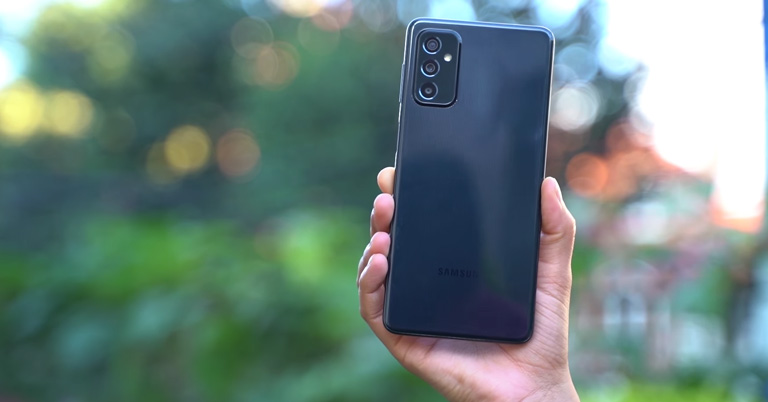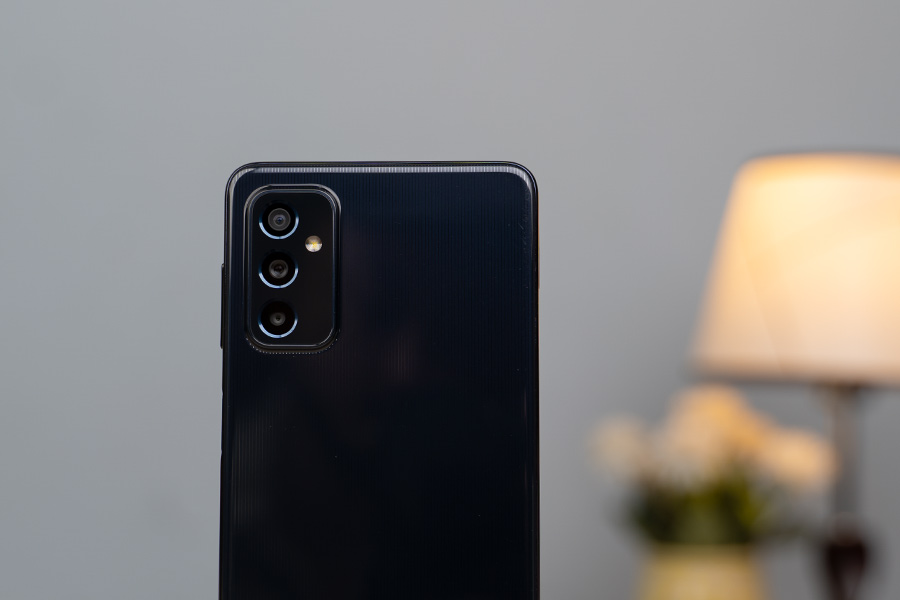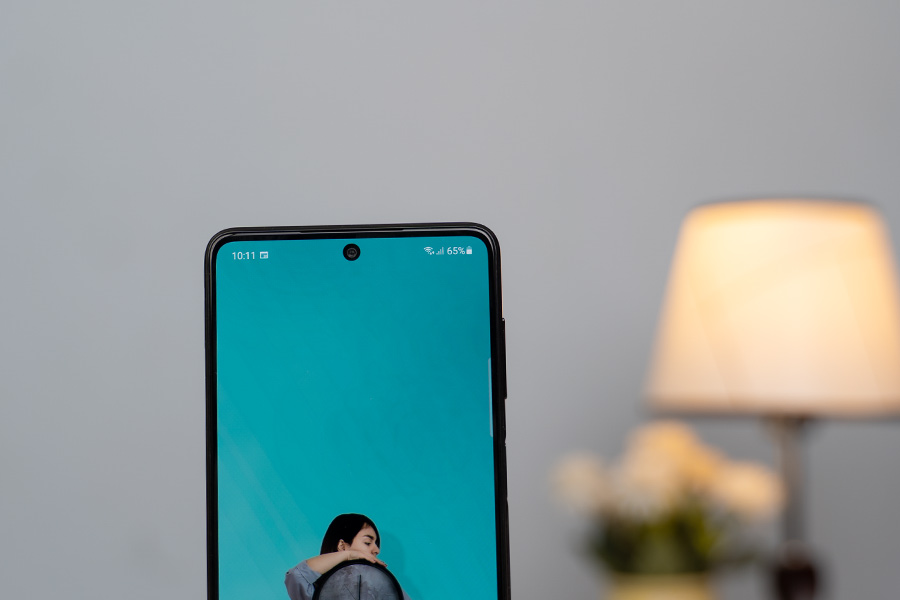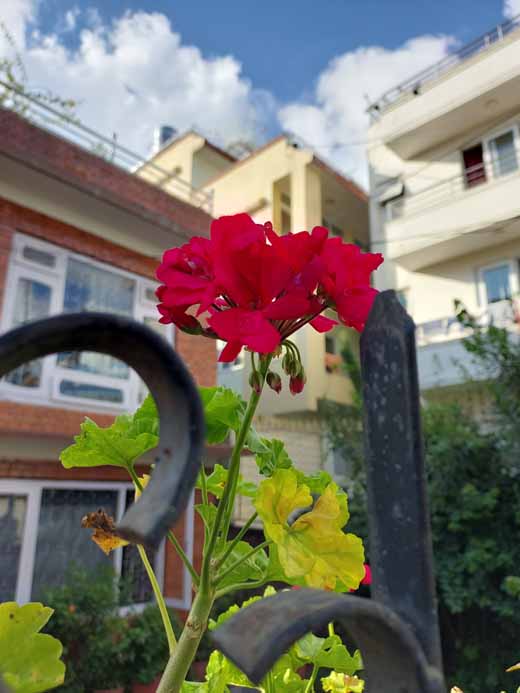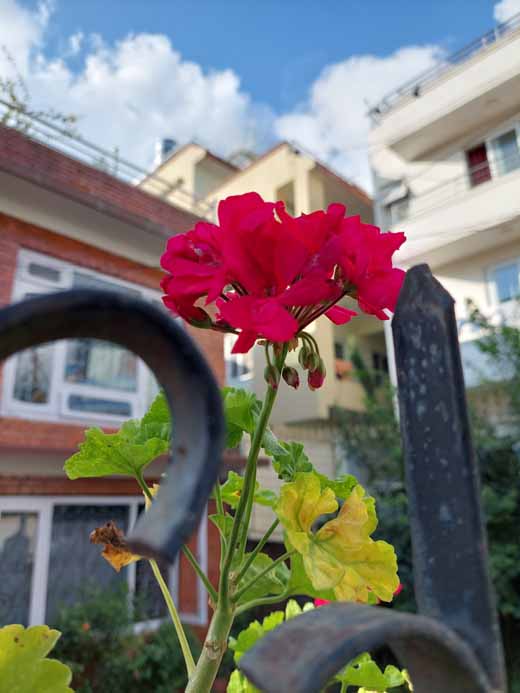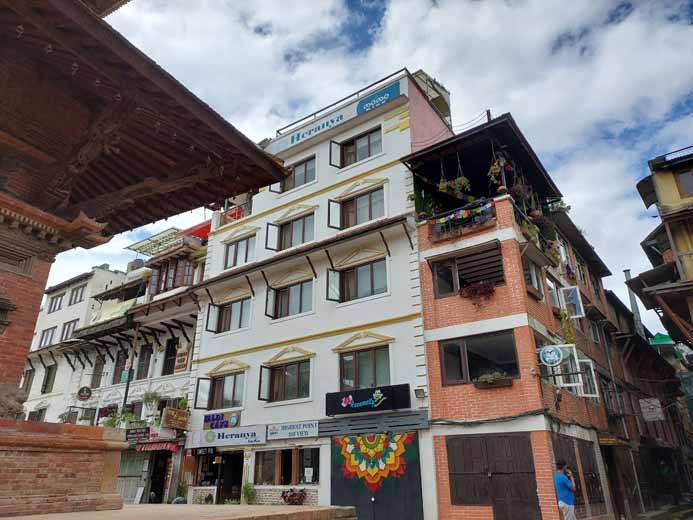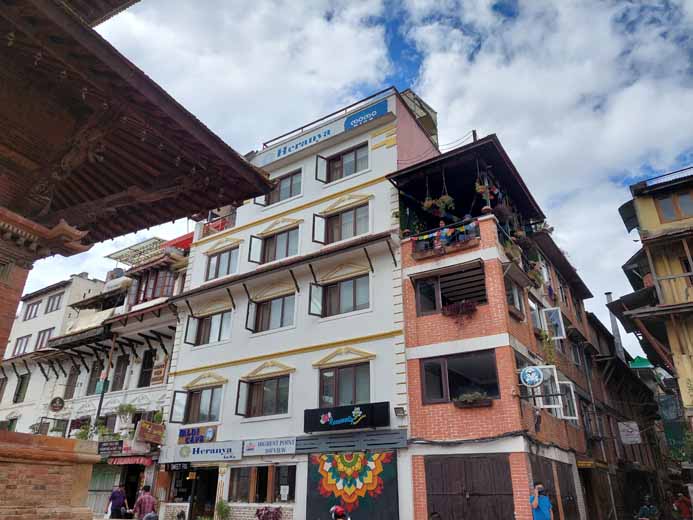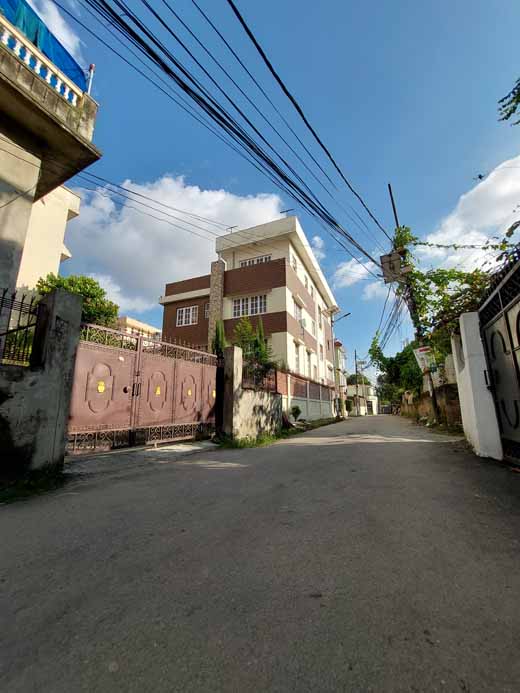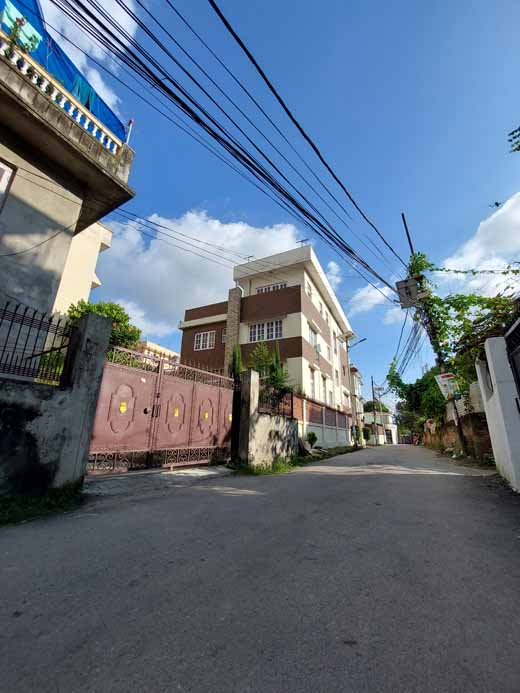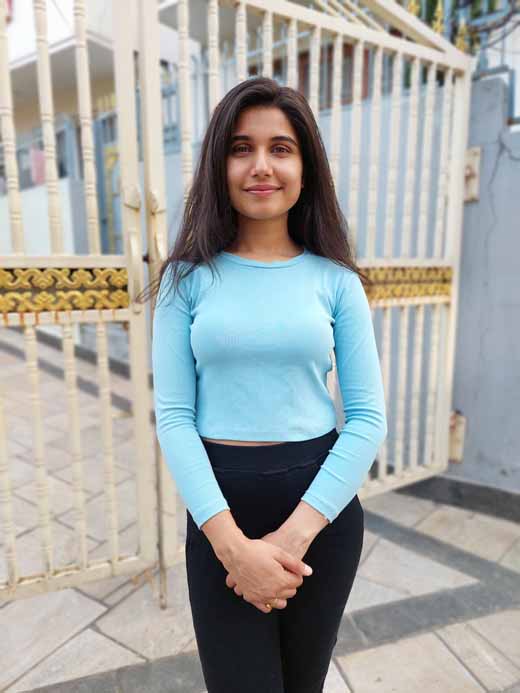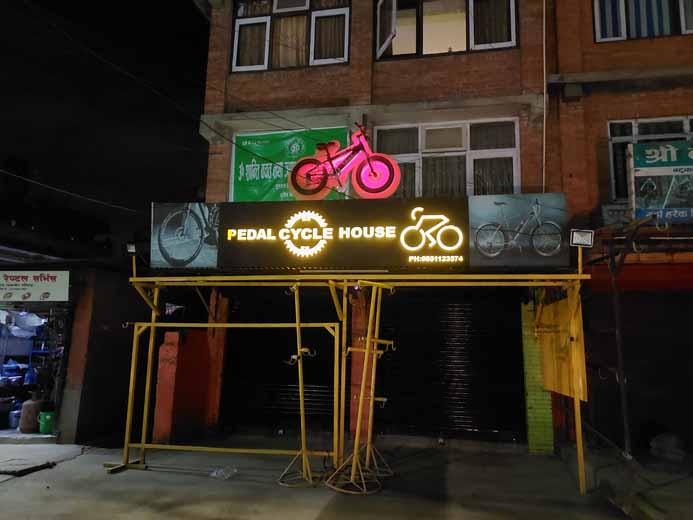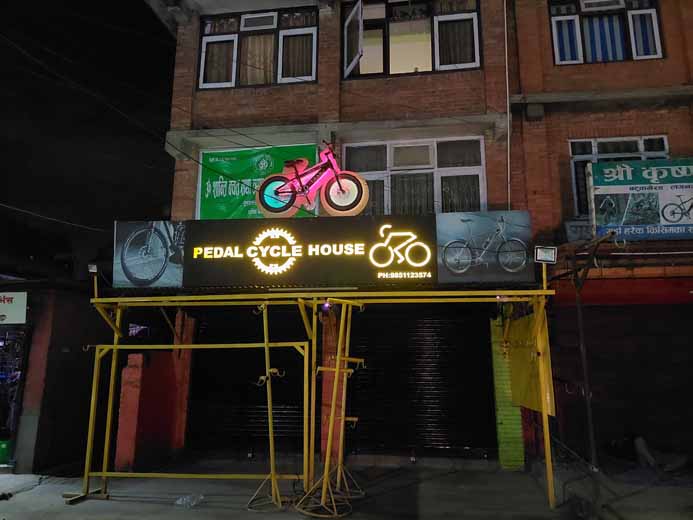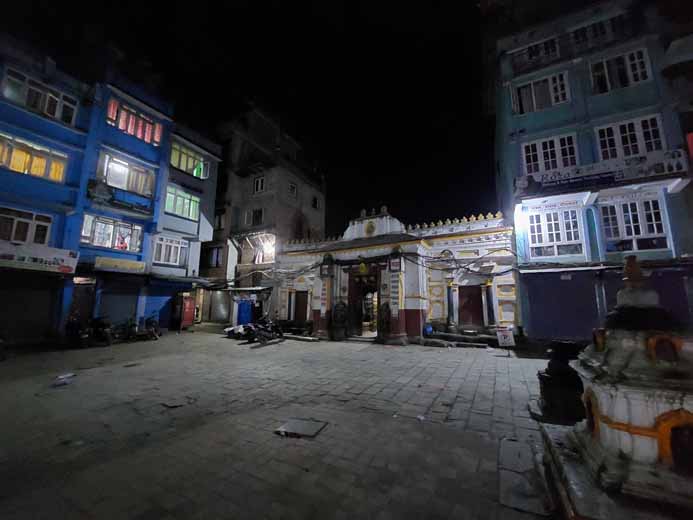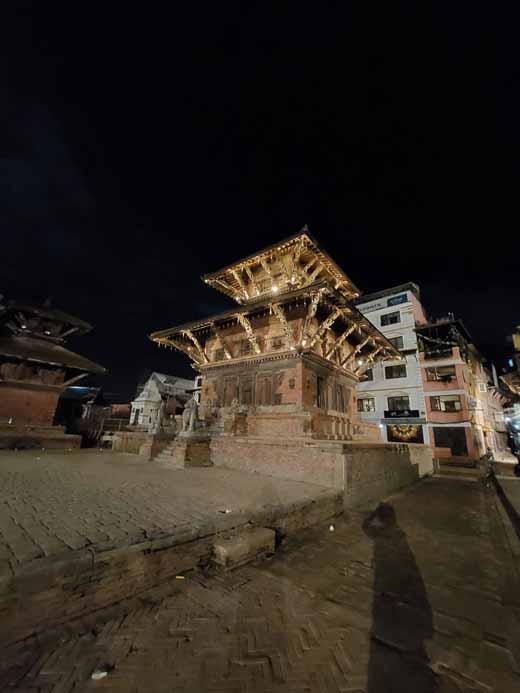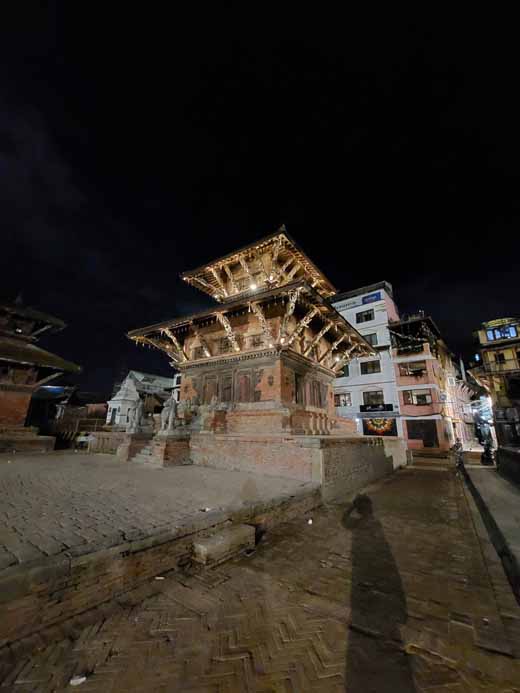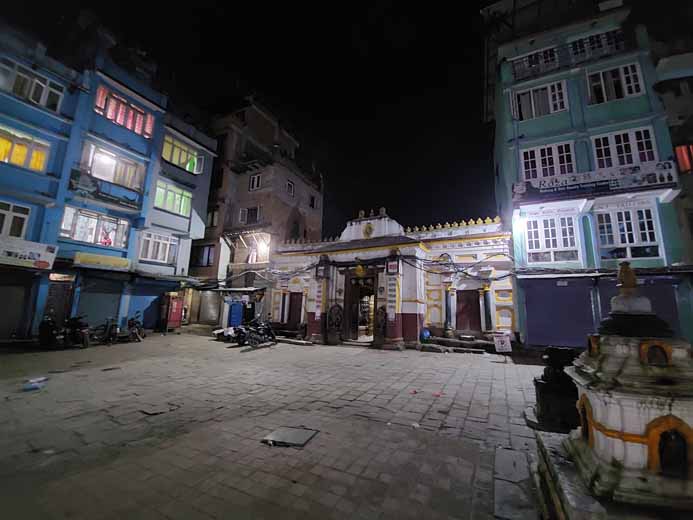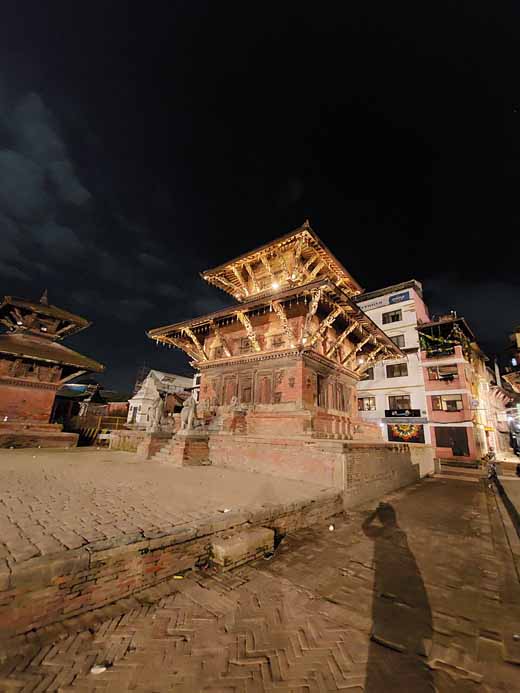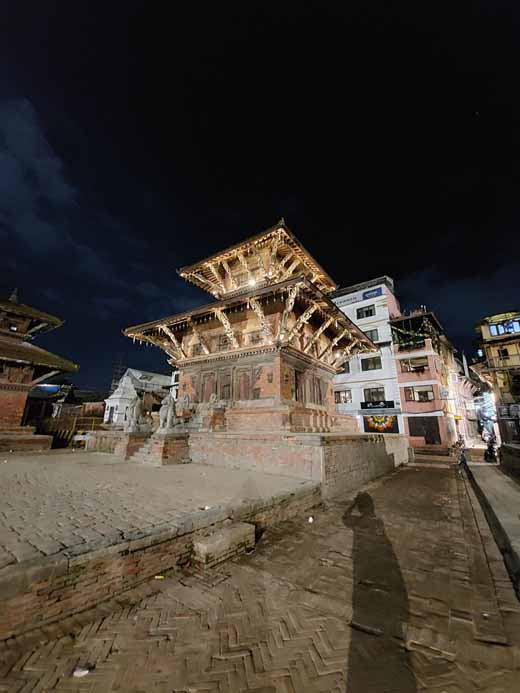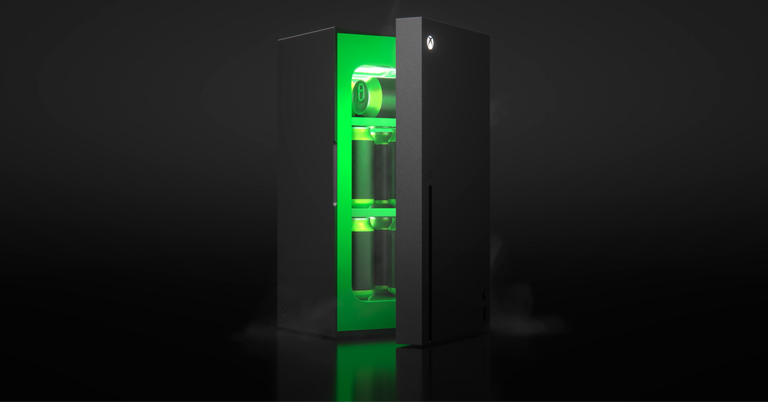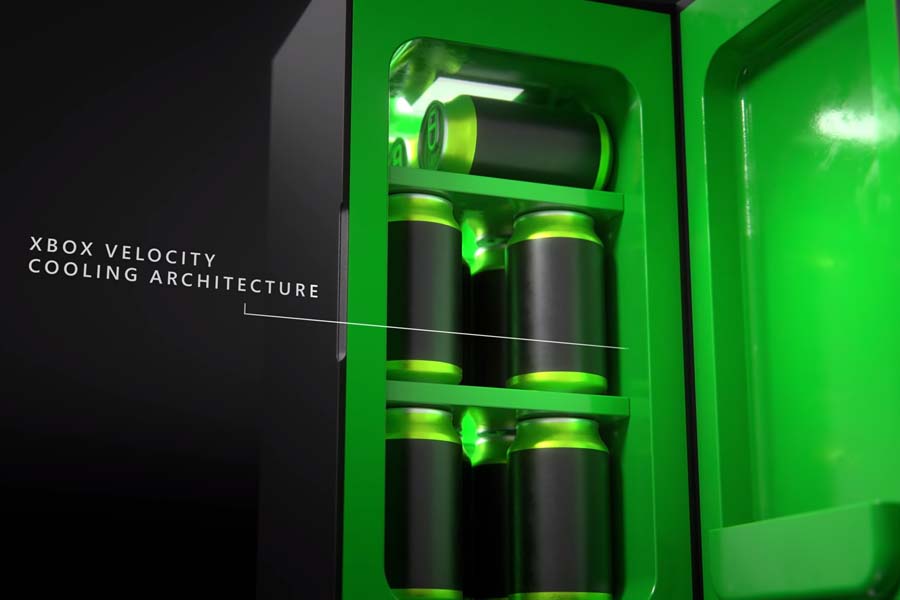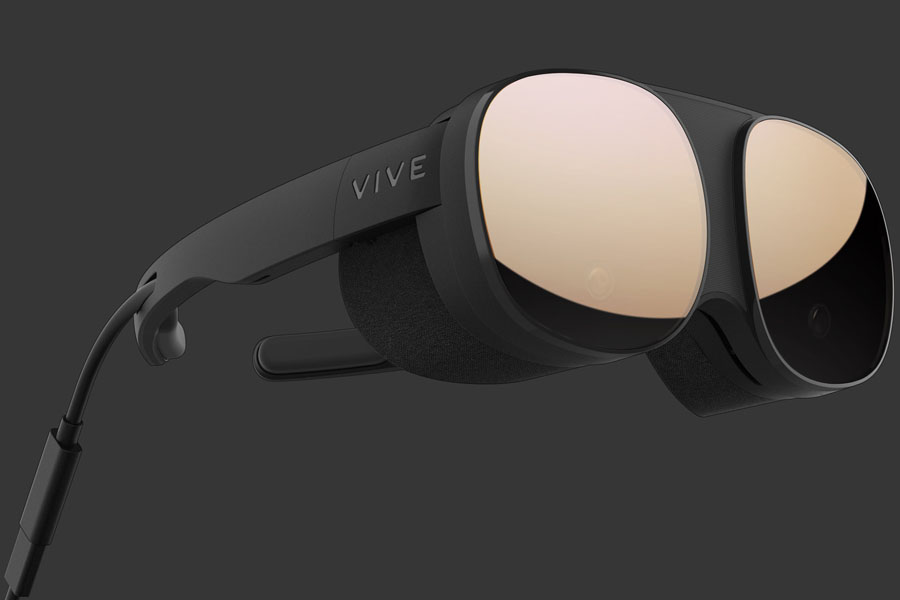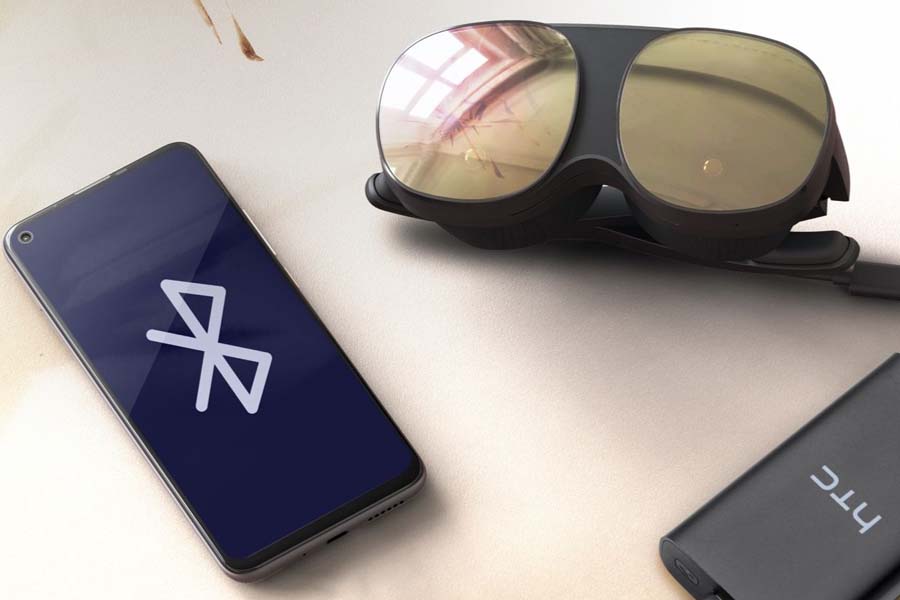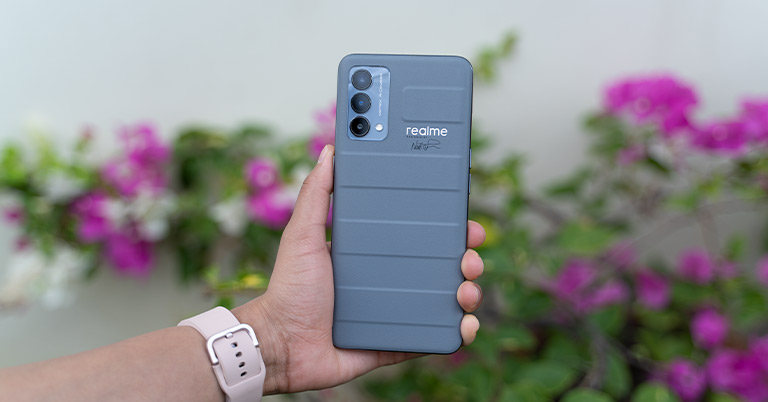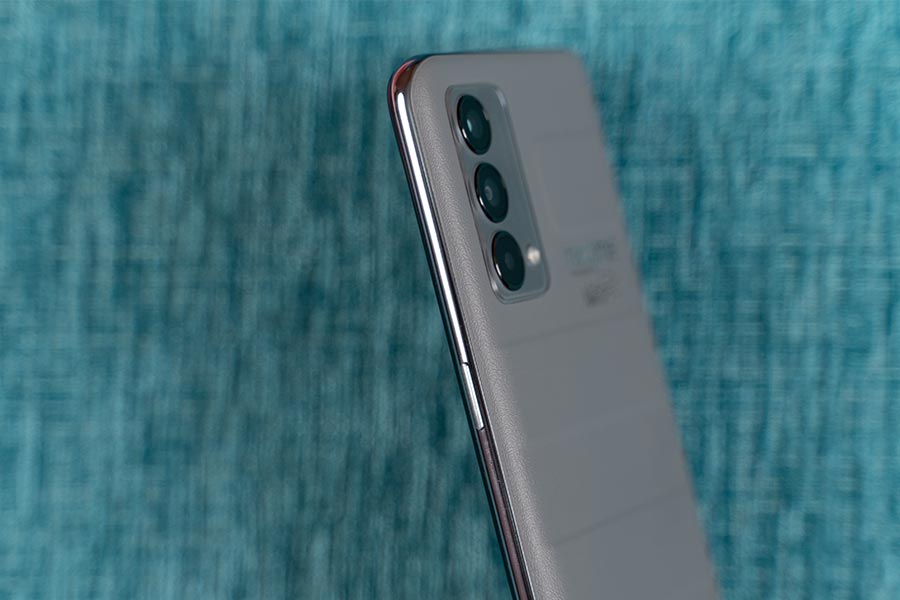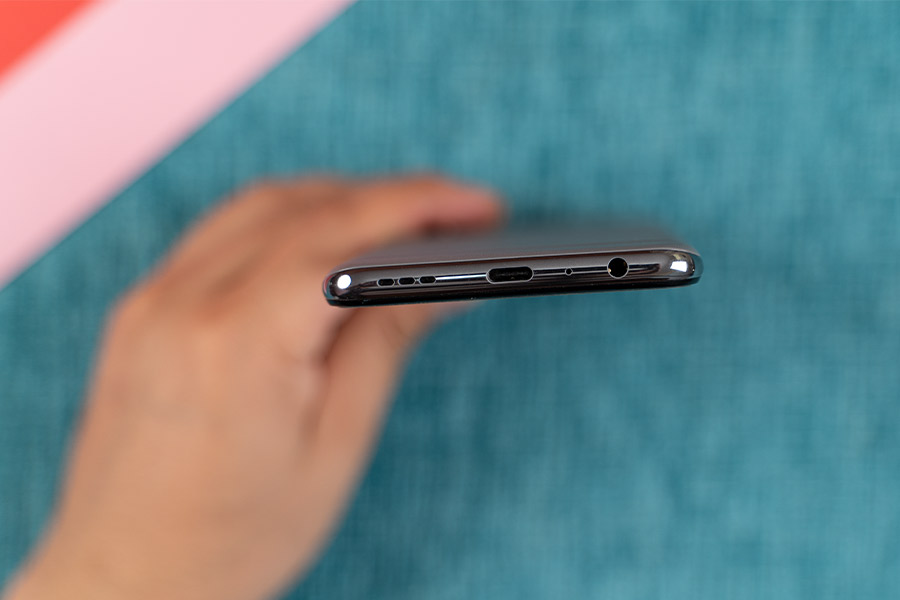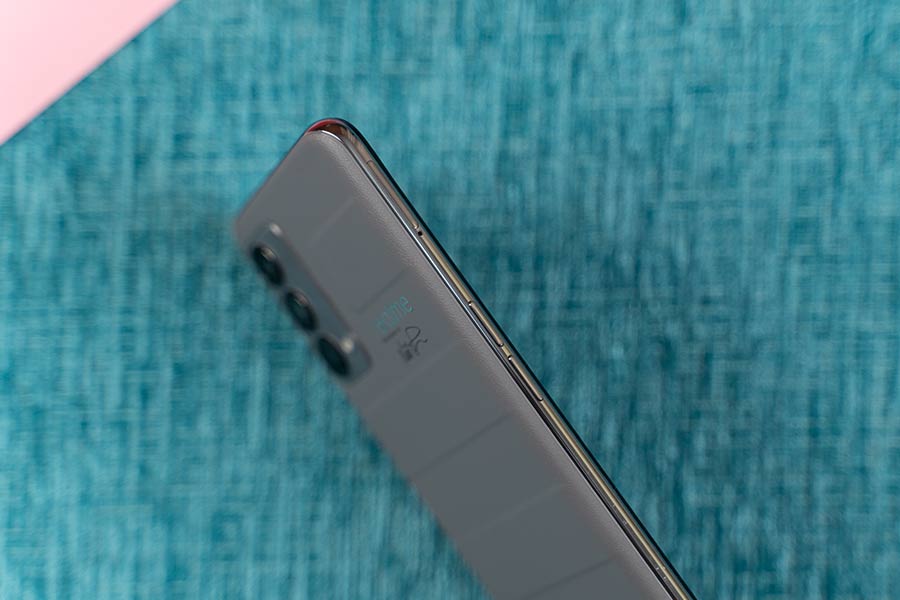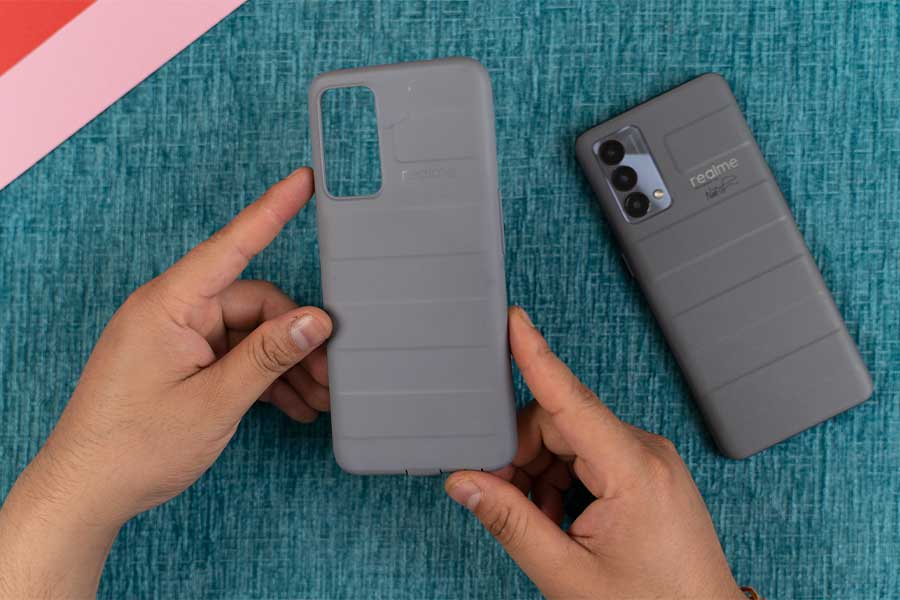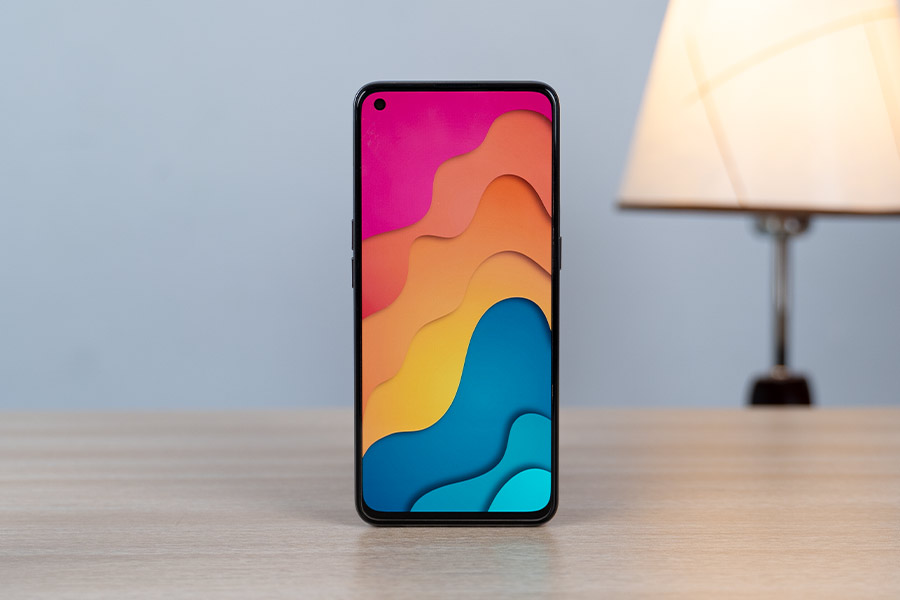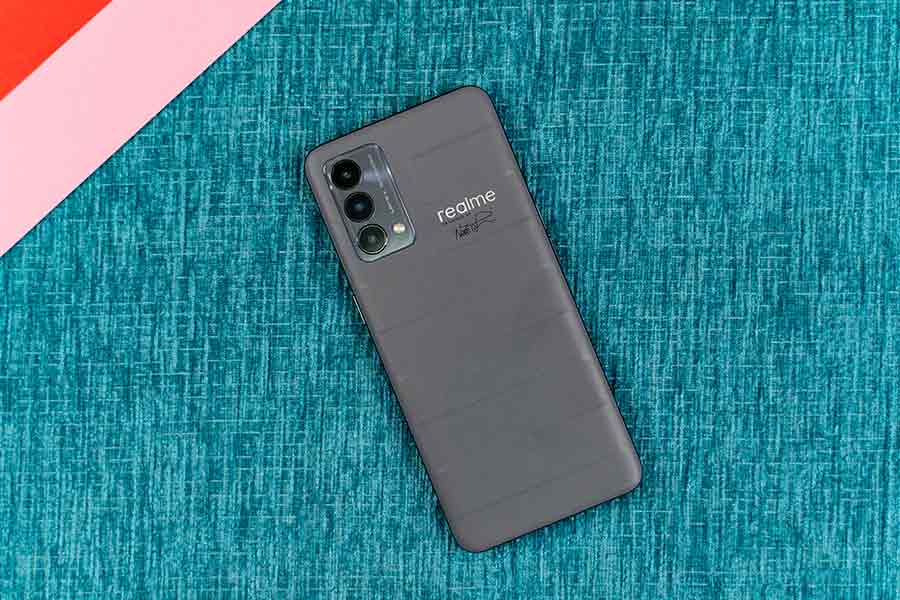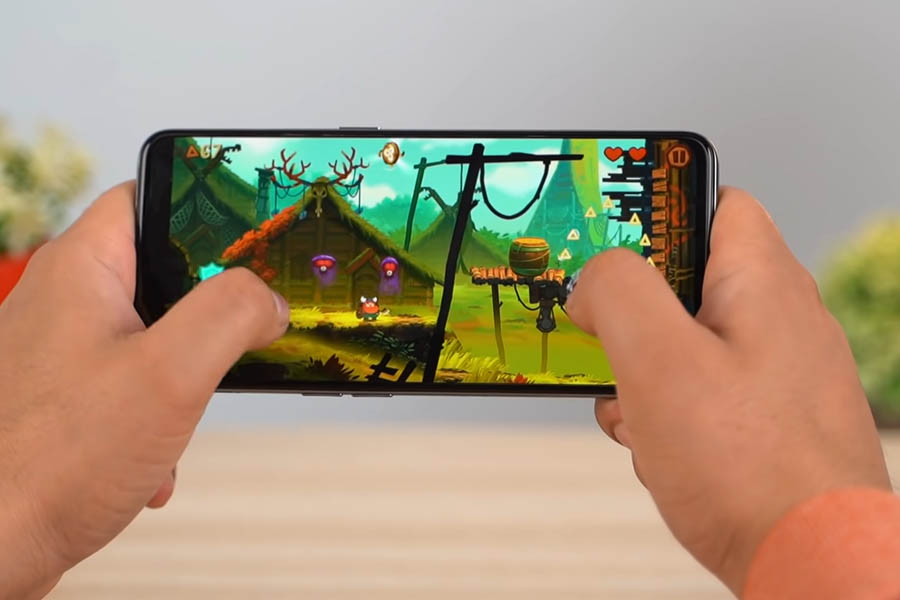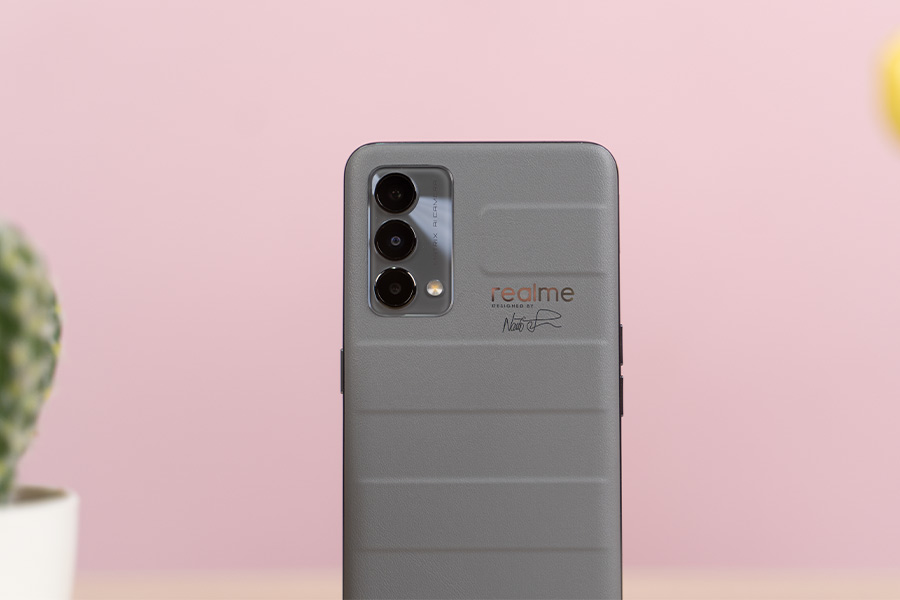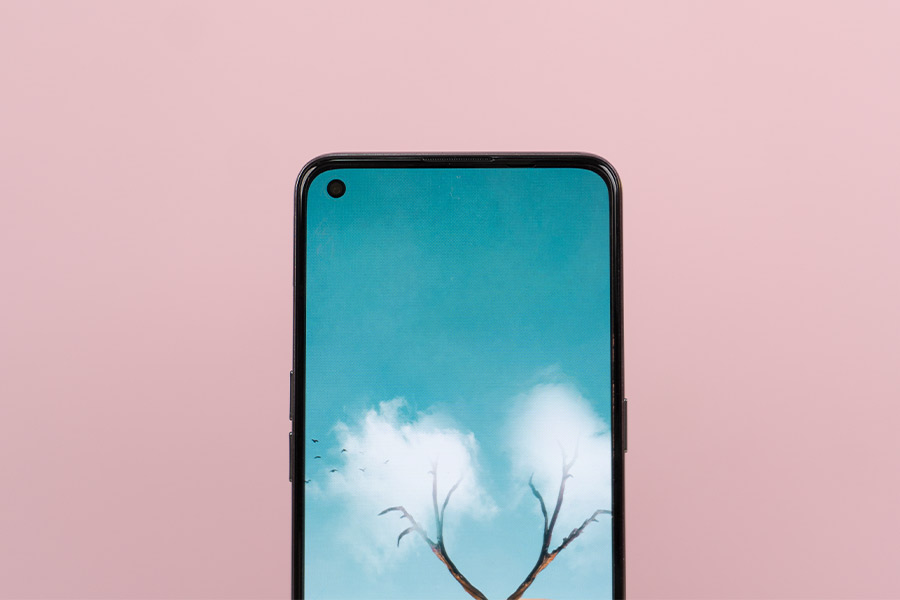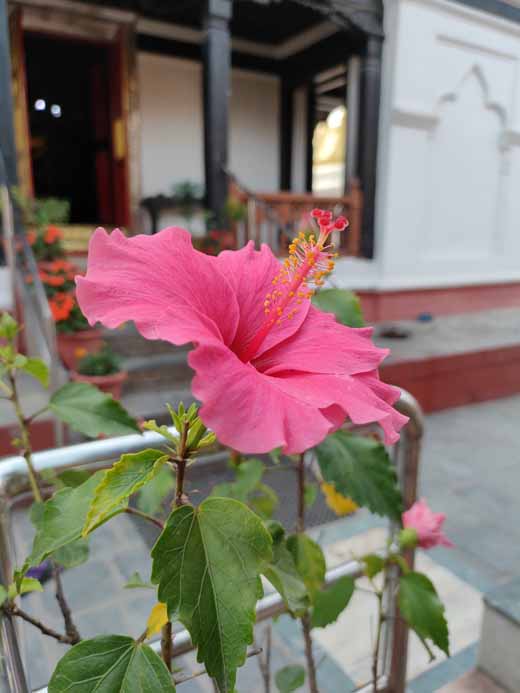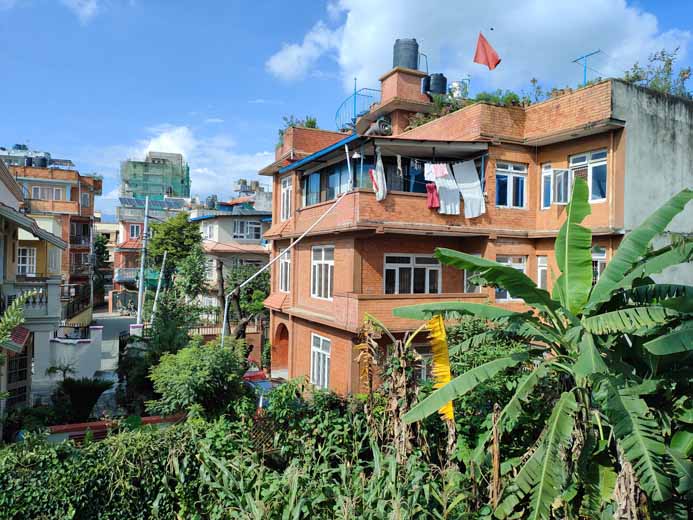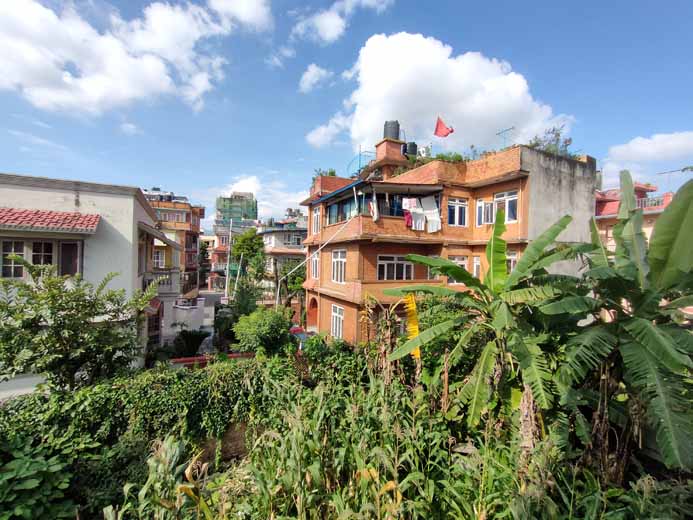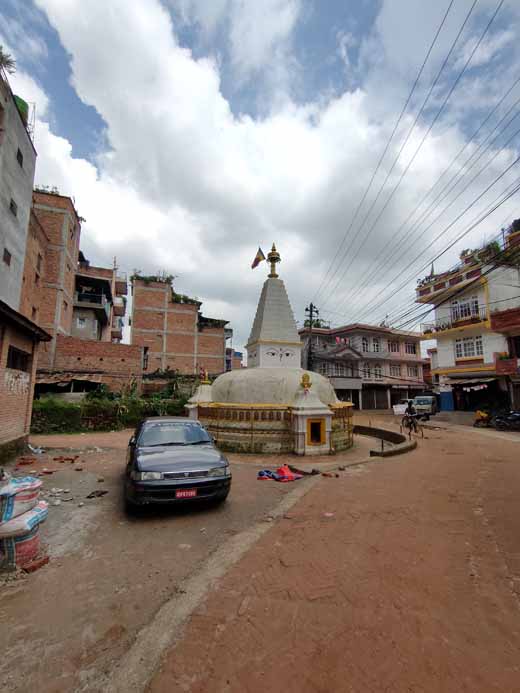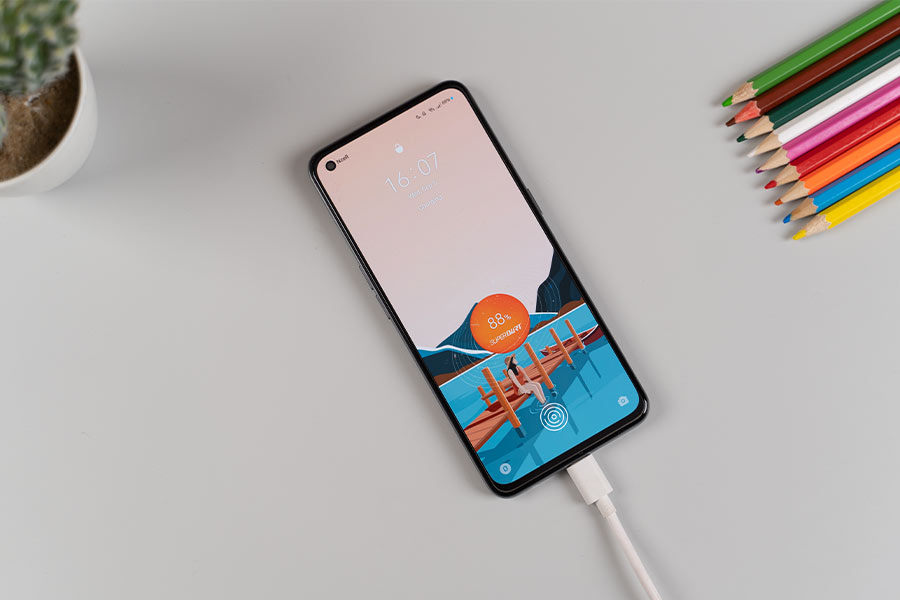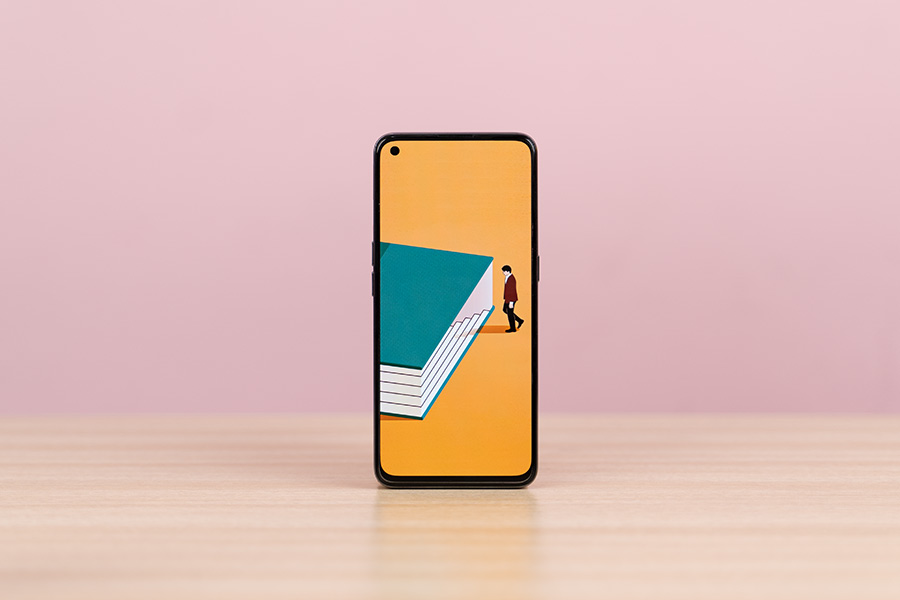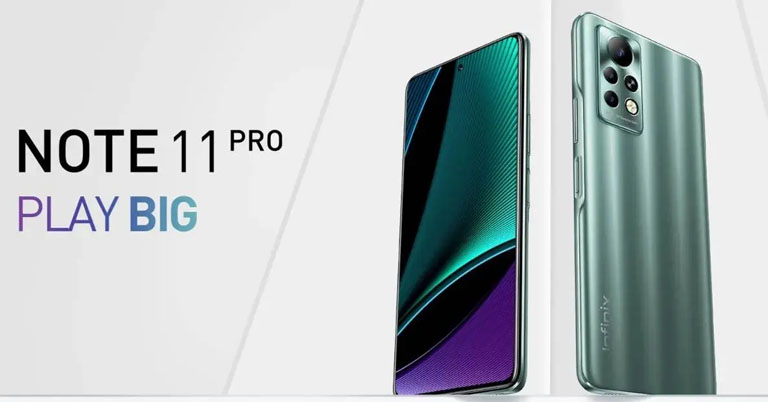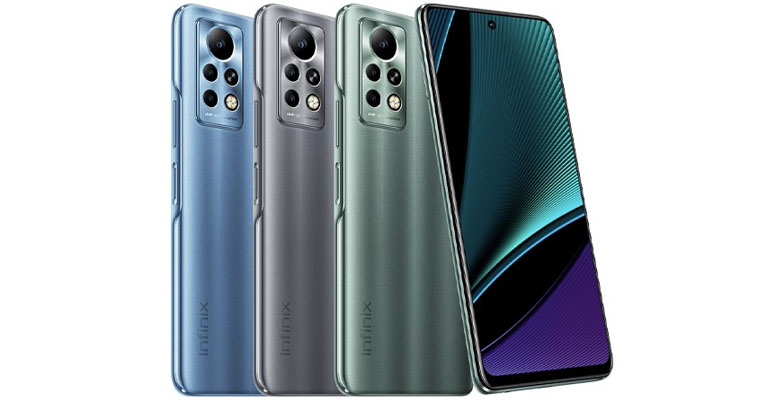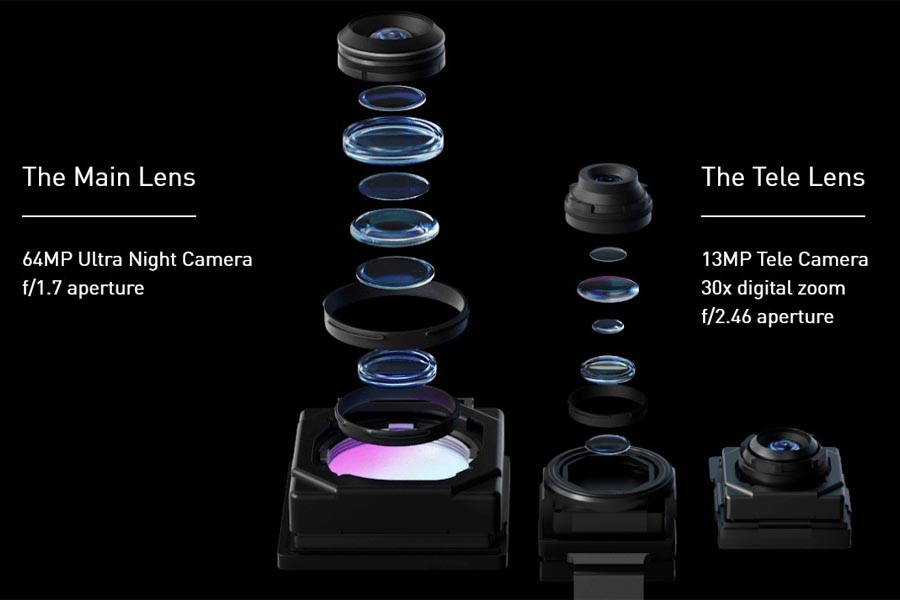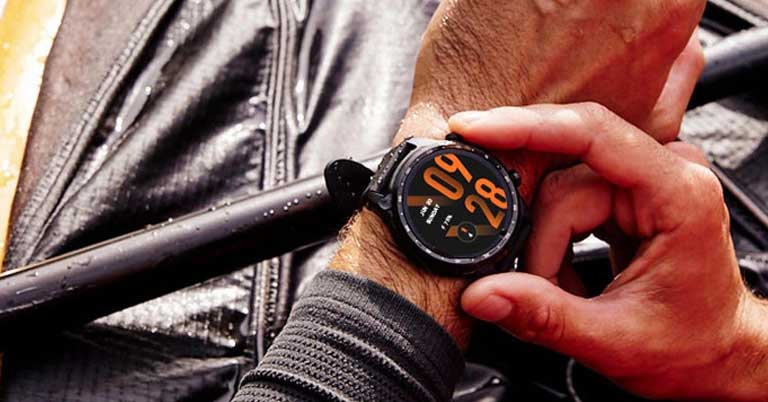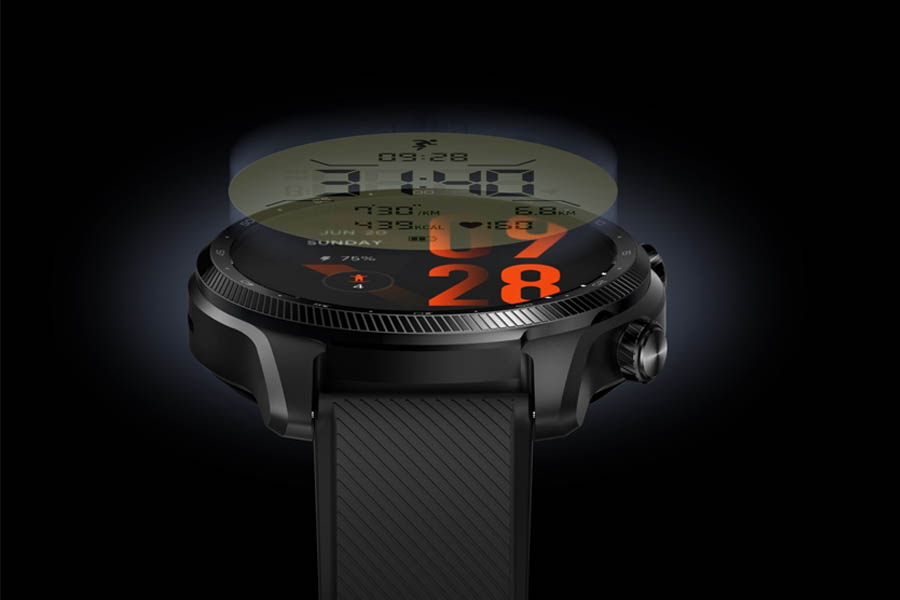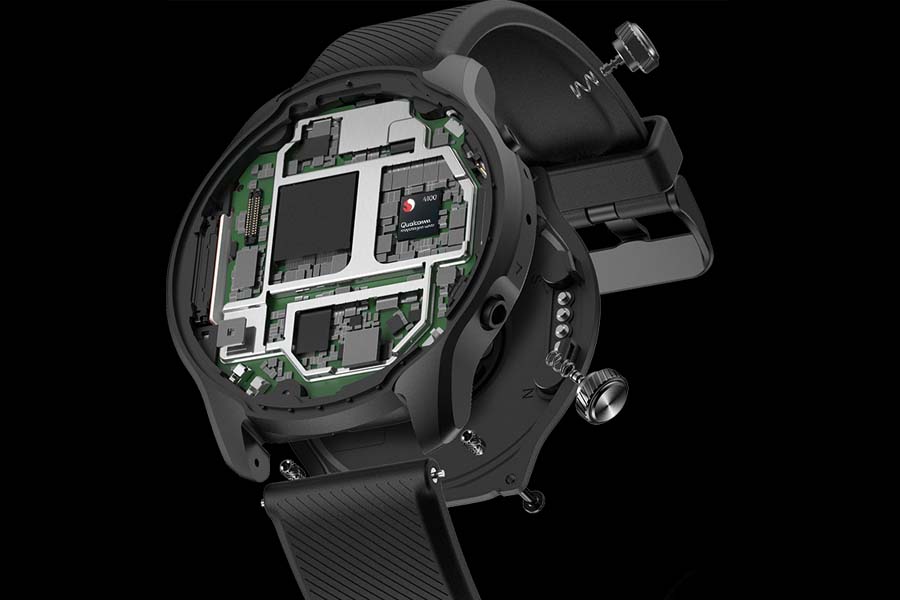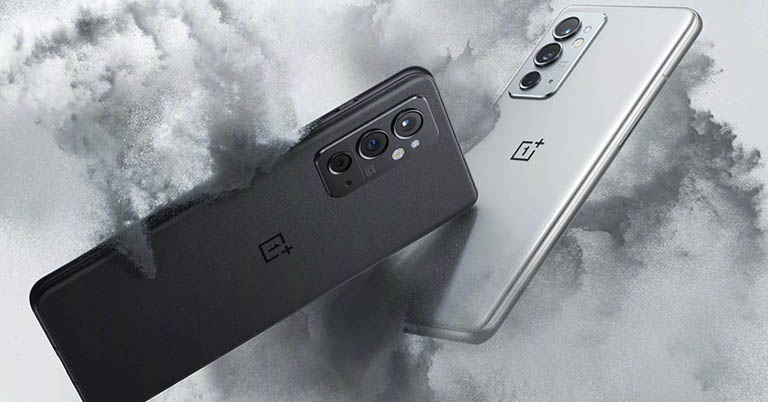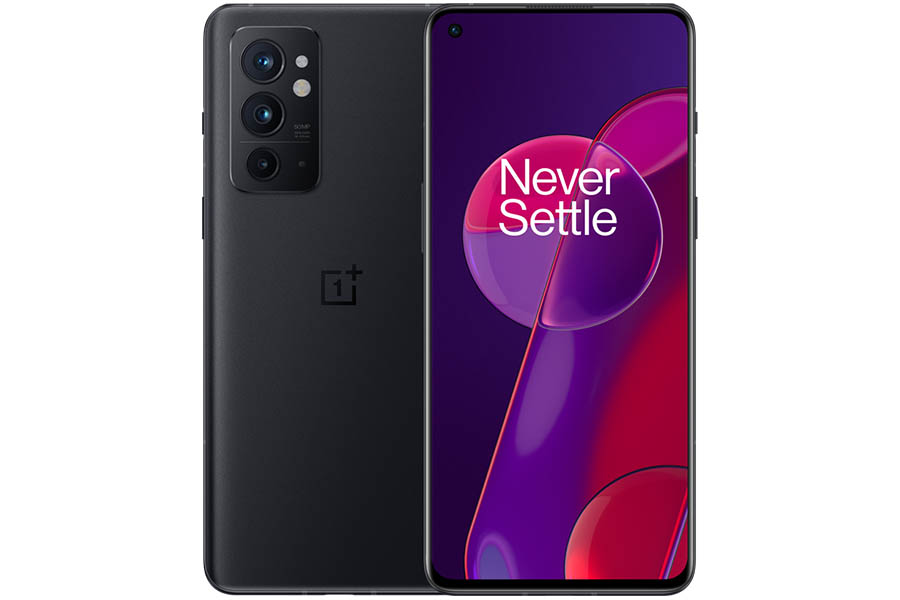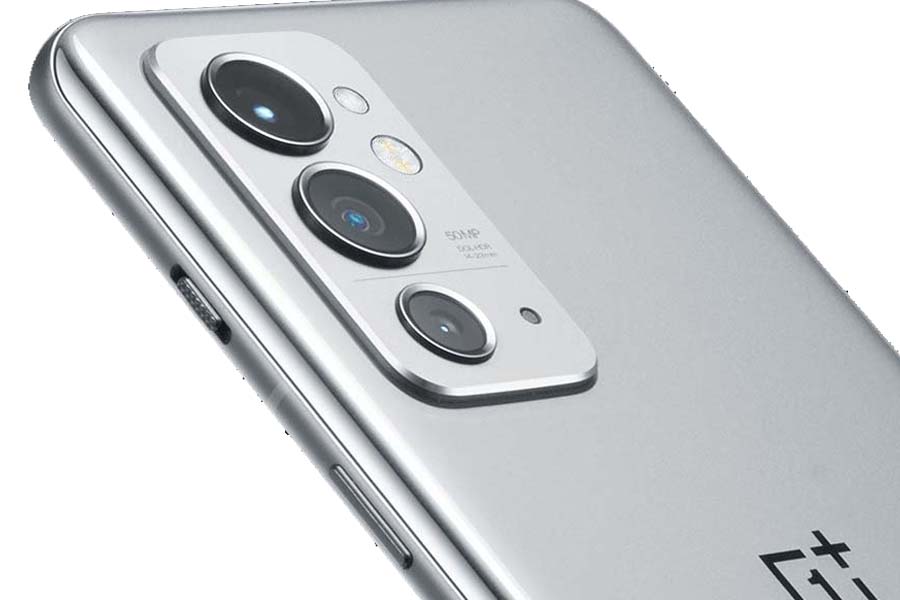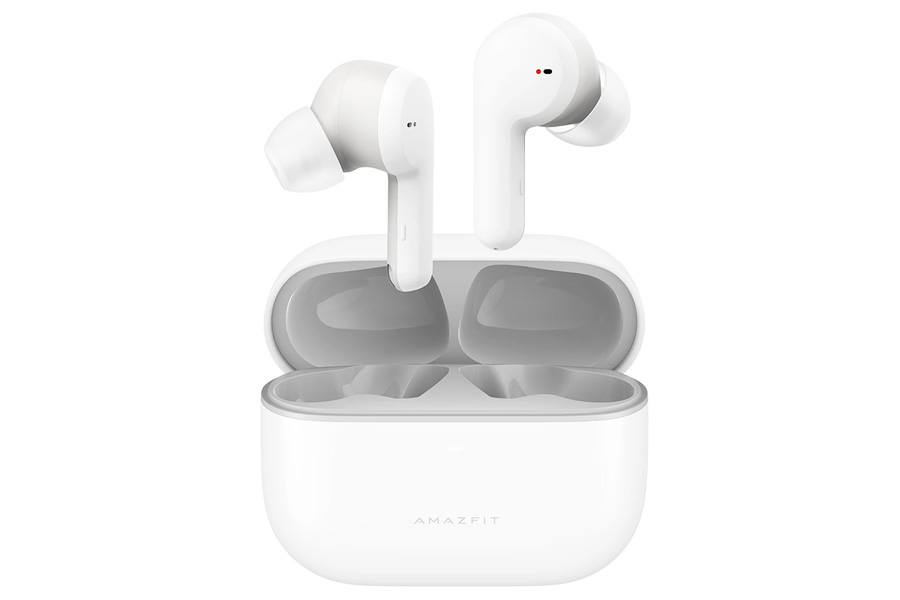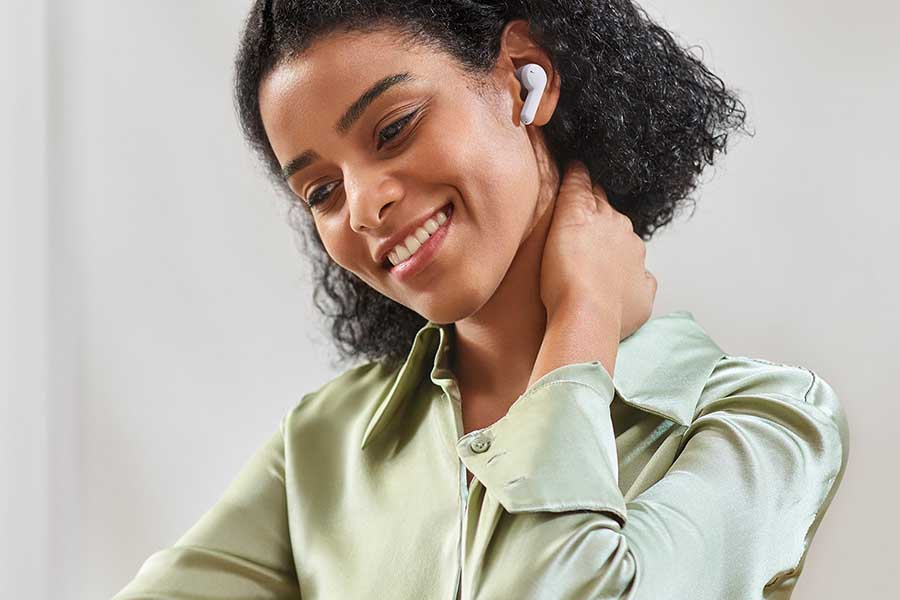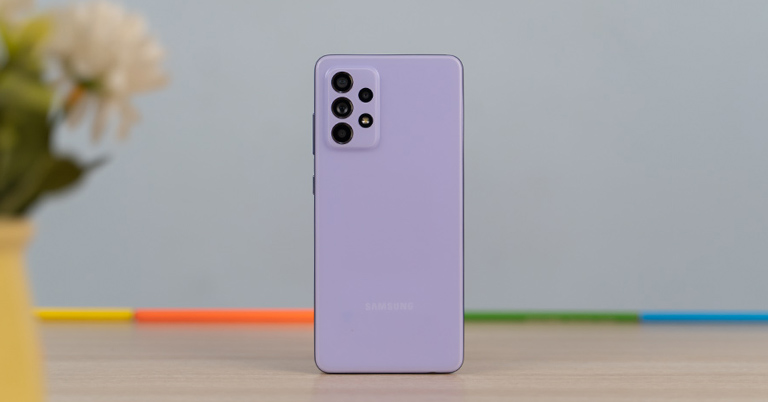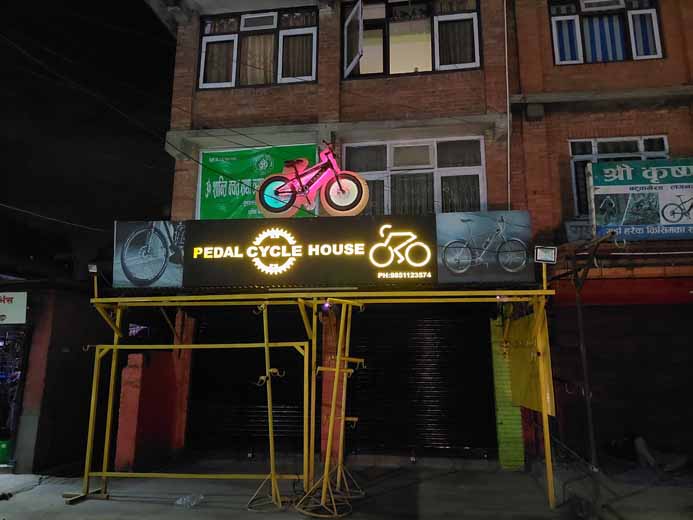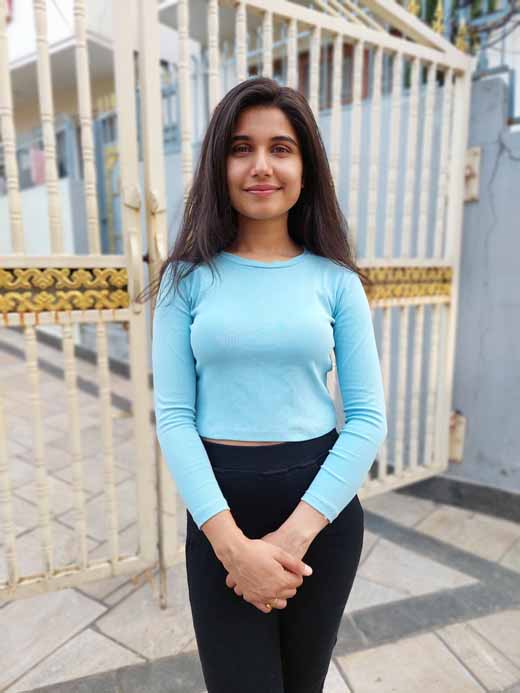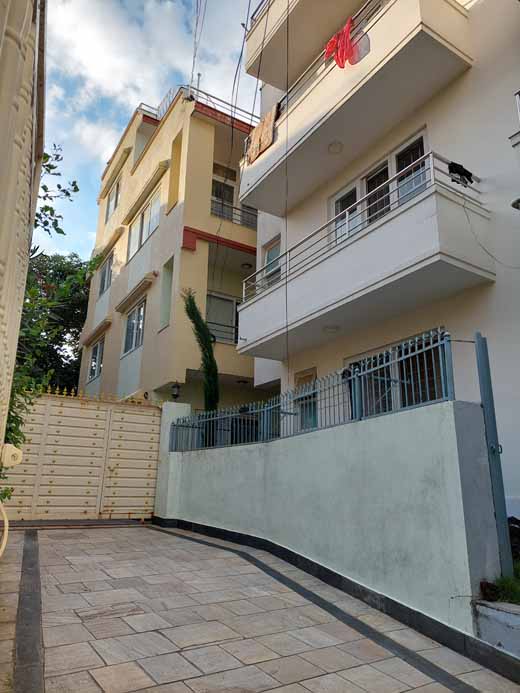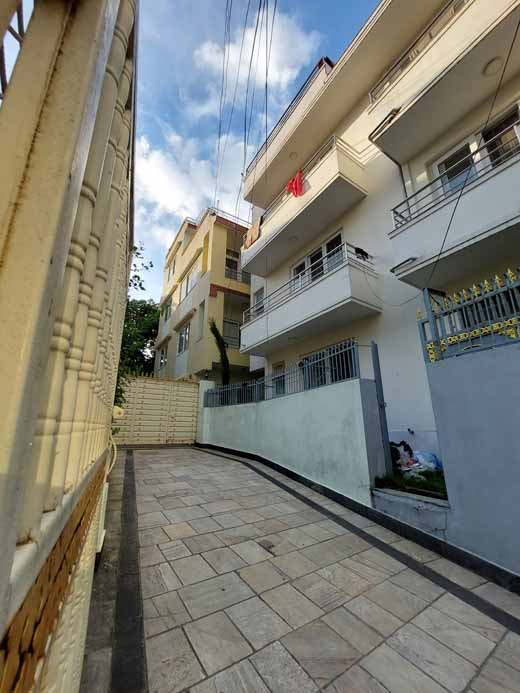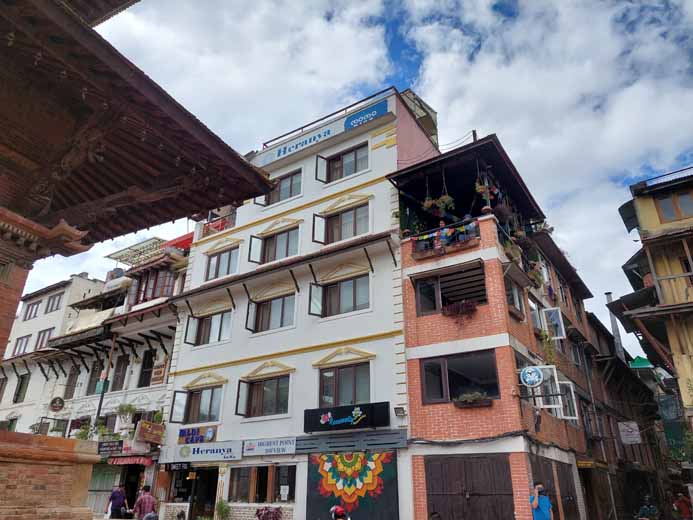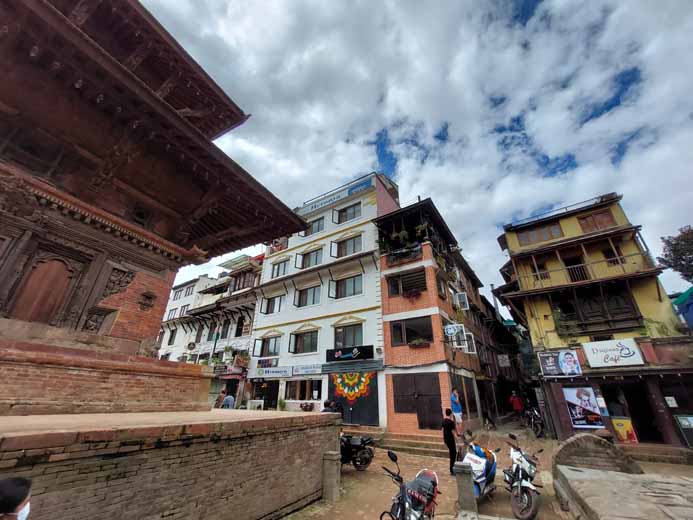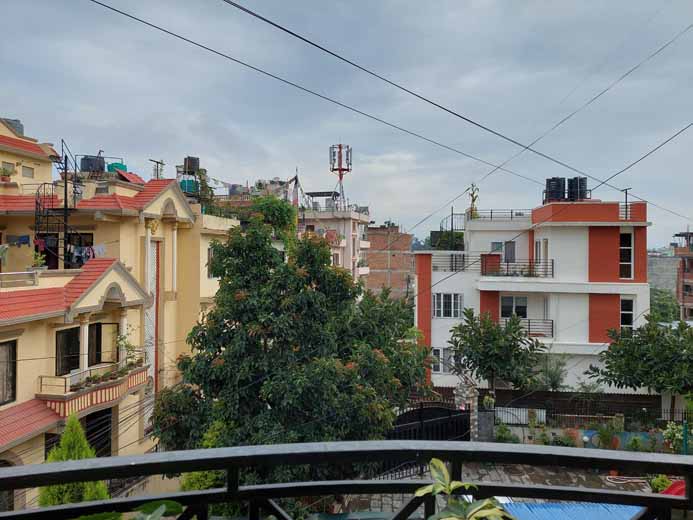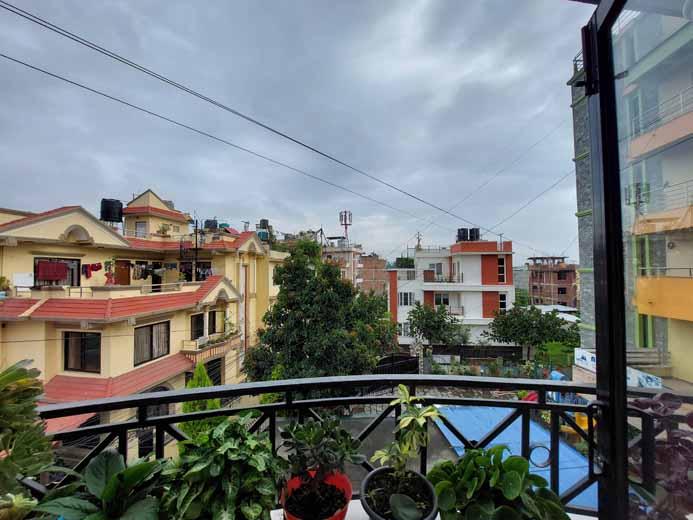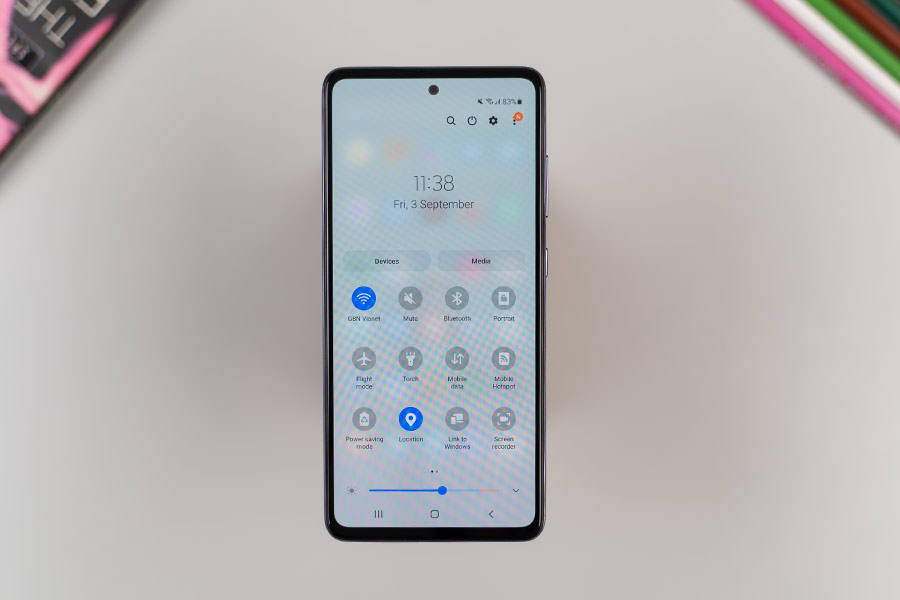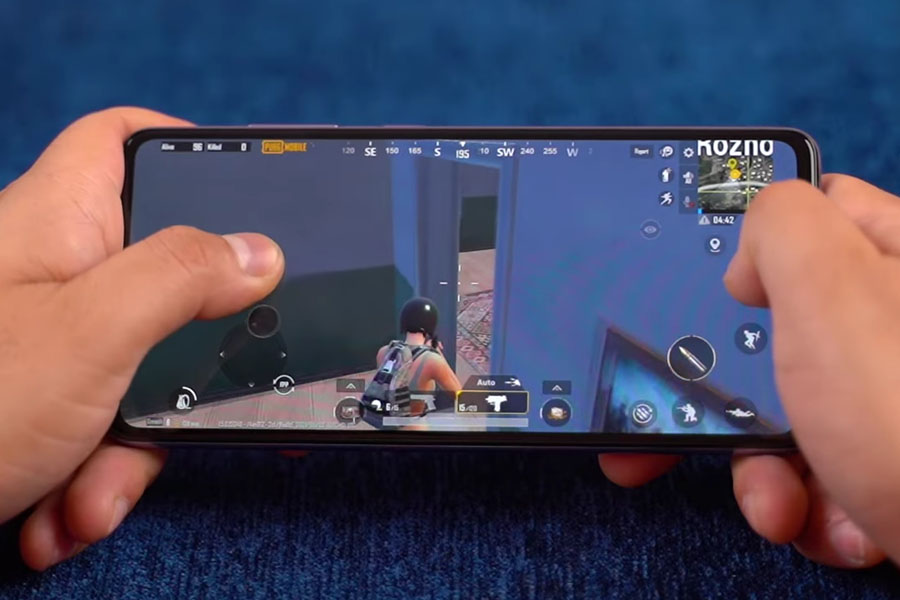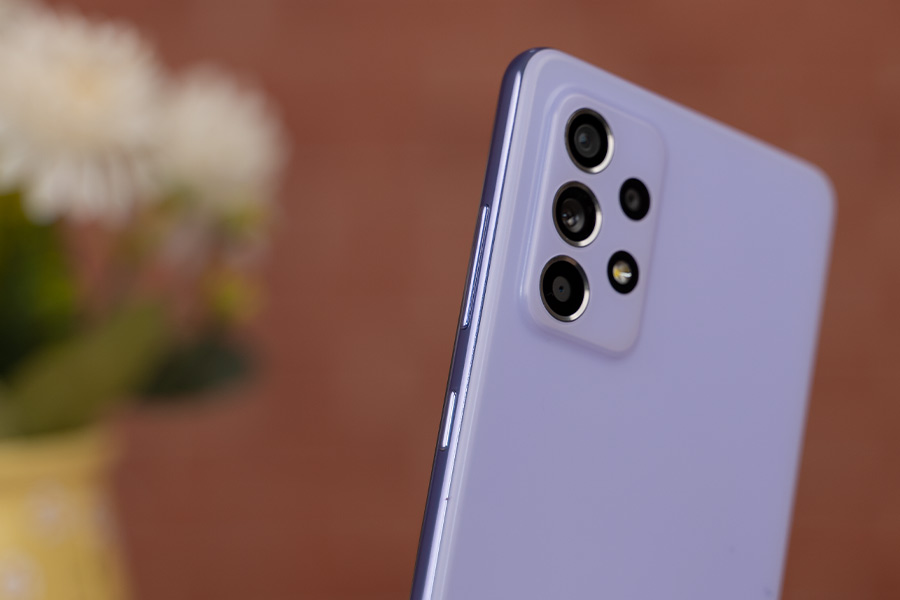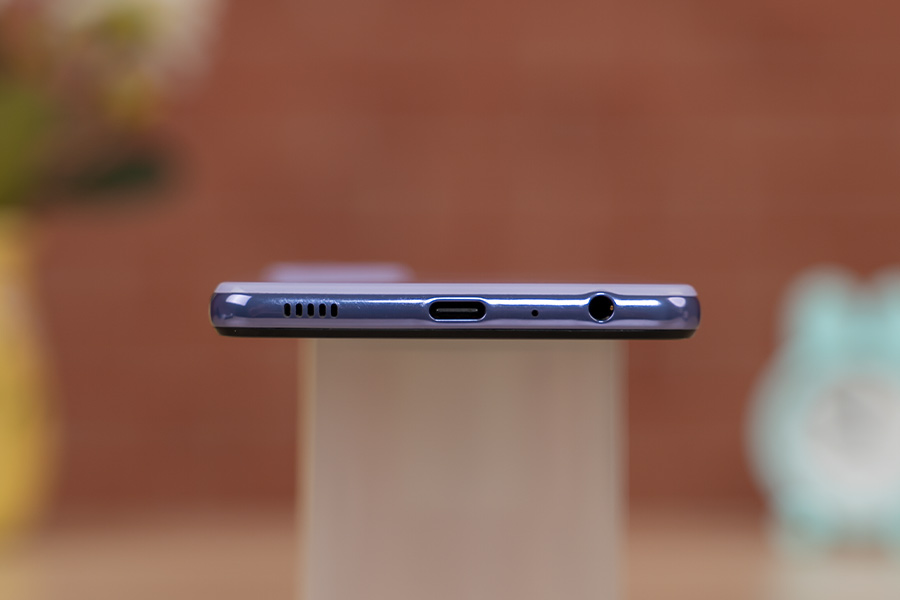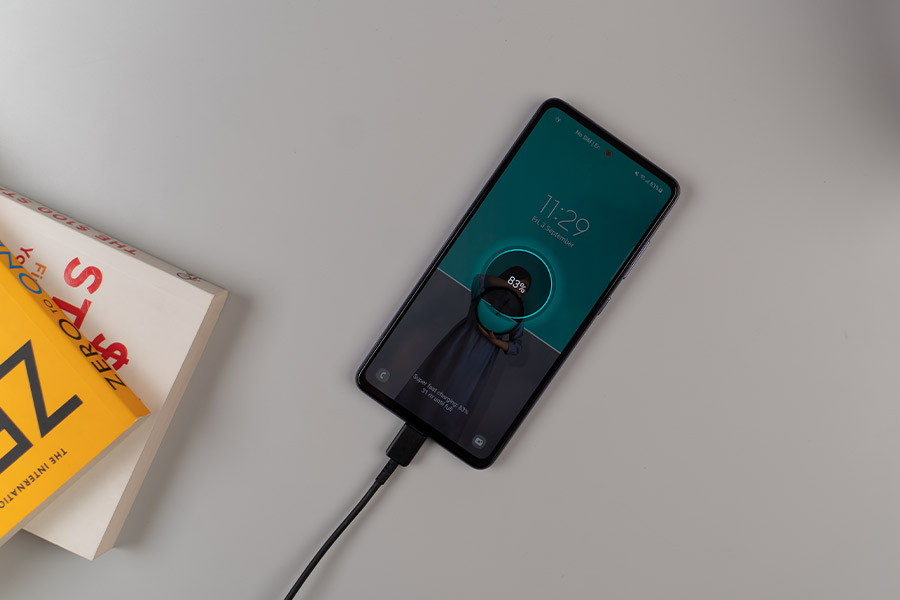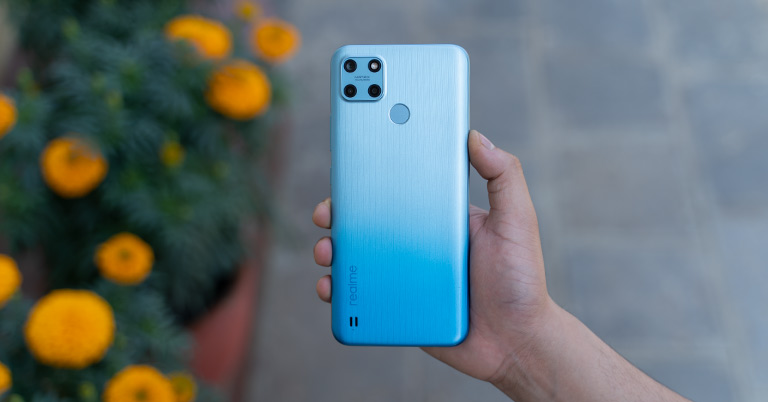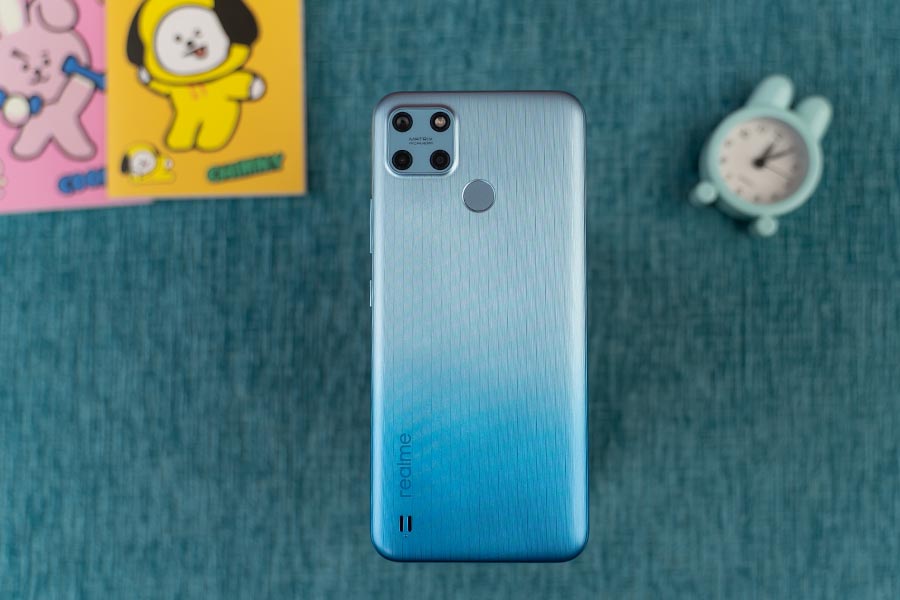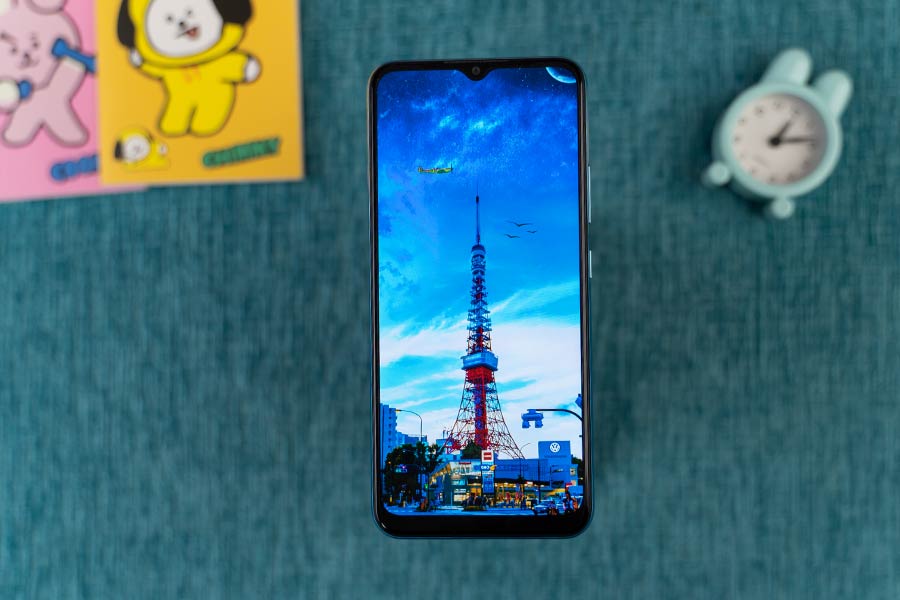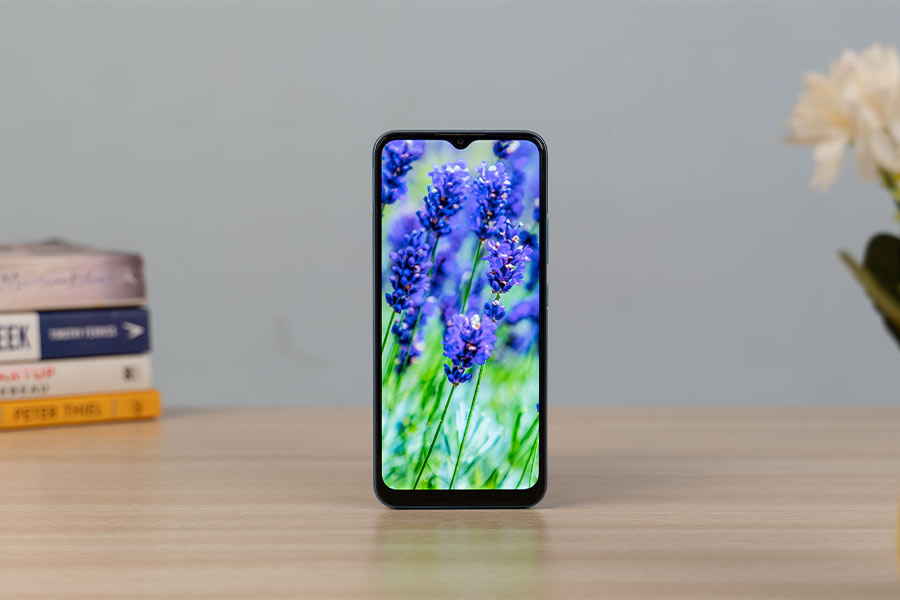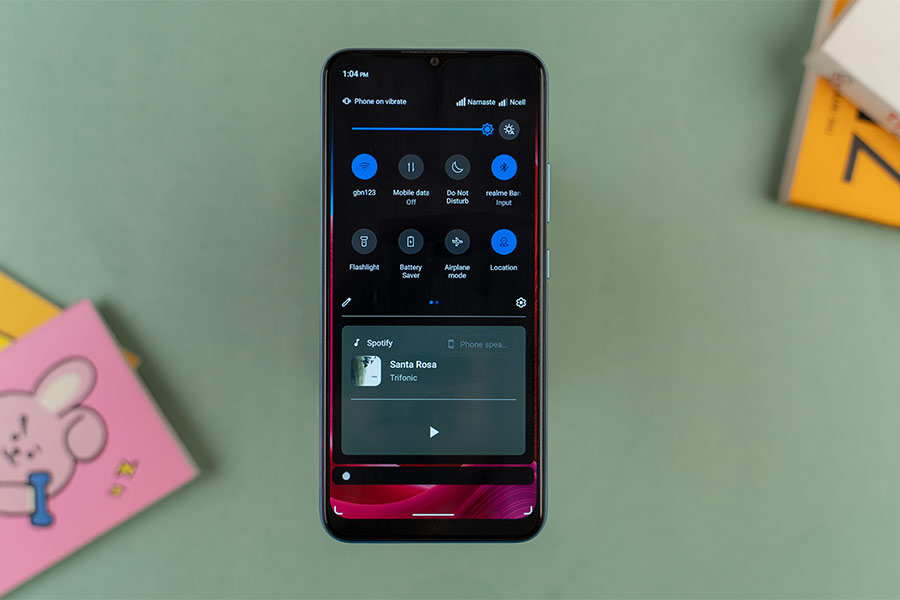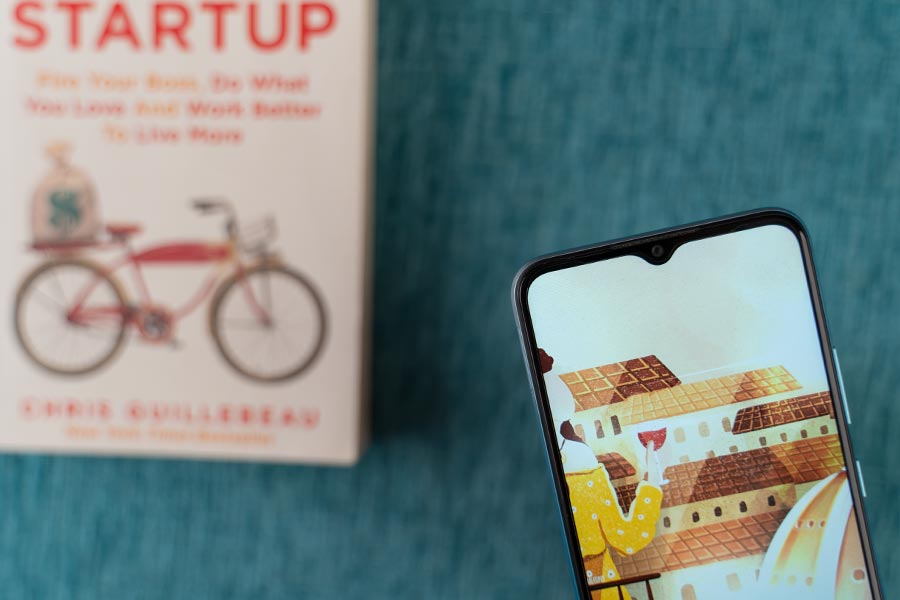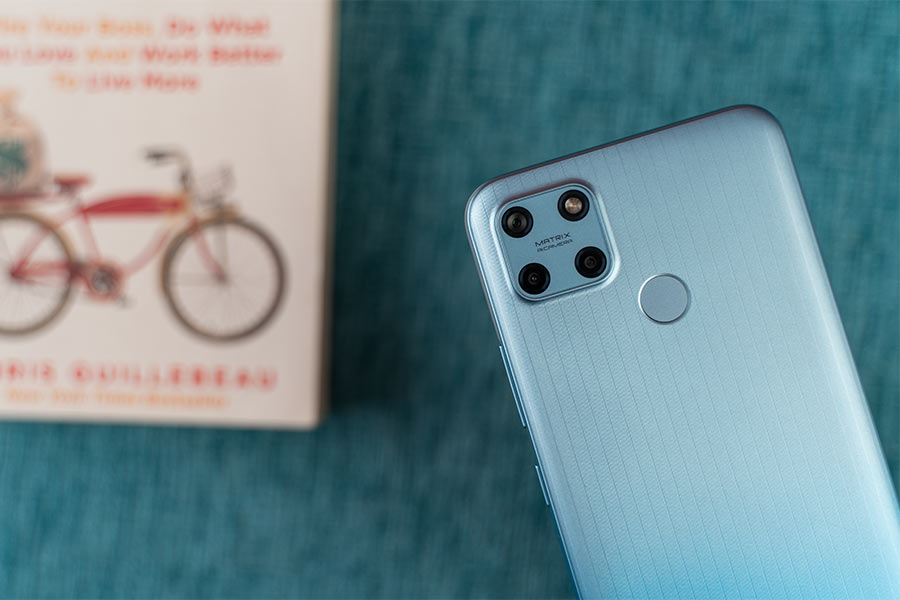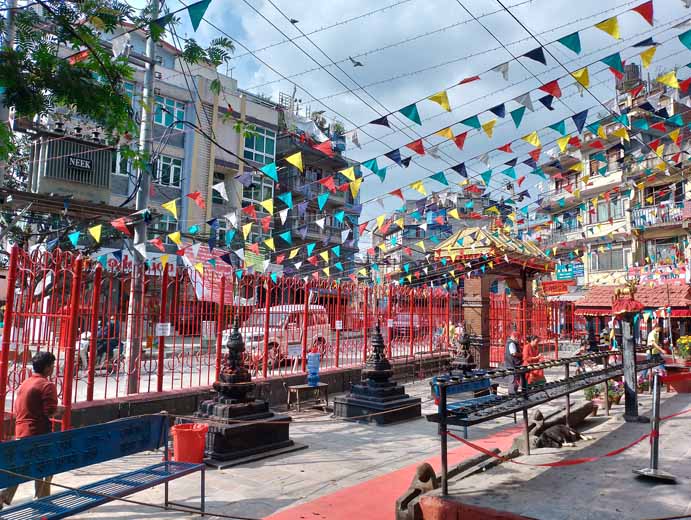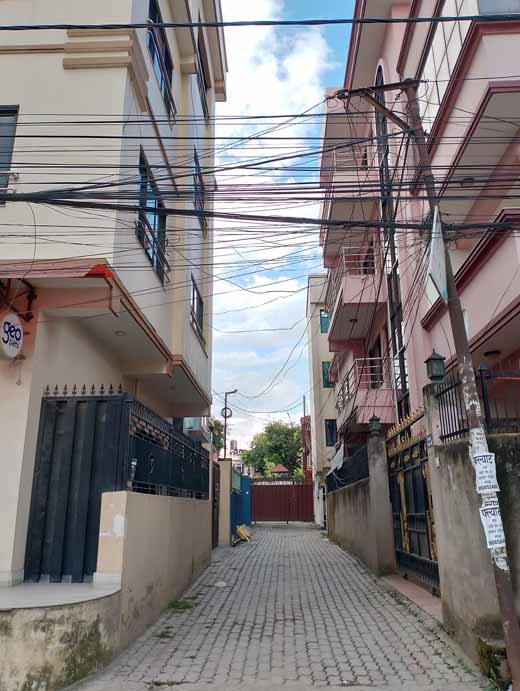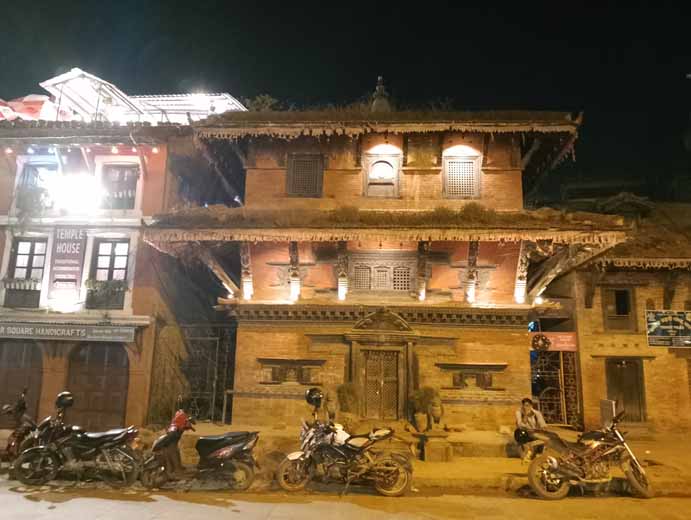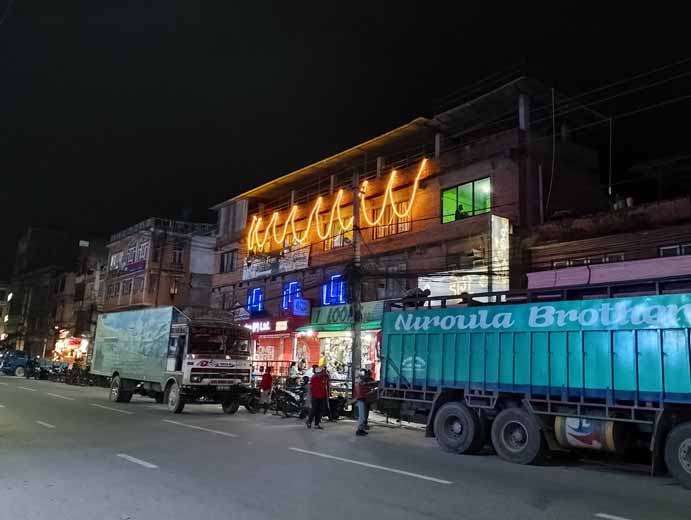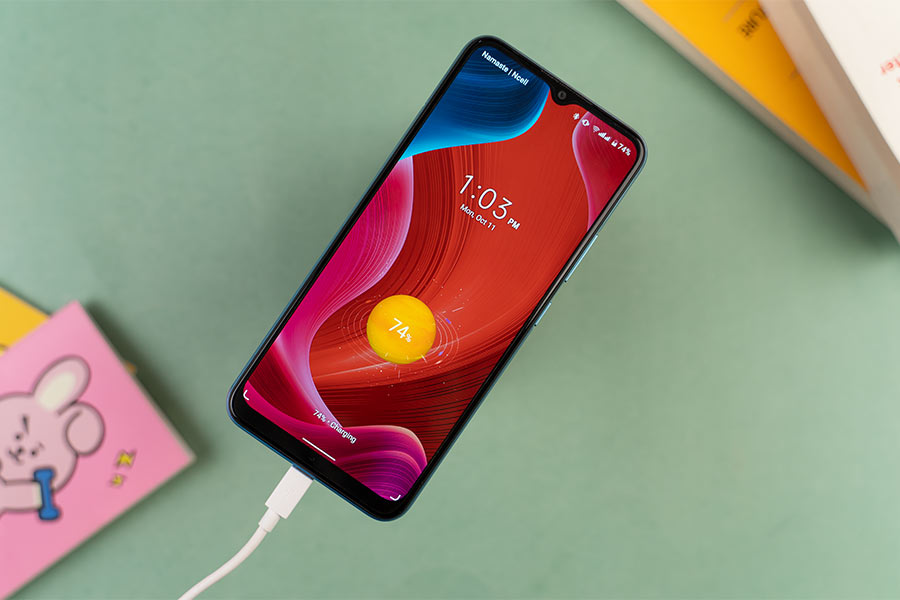Samsung’s current offering in the upper mid-range segment consists of two interesting phones—the Galaxy M52 5G and the Galaxy A52s 5G. Between the two, the M52 is more affordable and intends to deliver a similar smartphone experience as the A52s 5G. Allow me to discuss more about the Samsung Galaxy M52 5G in this review.
Samsung Galaxy M52 5G Specifications:
- Body: 76.4 x 164.2 x 7.4mm, 173 gm, Polycarbonate build
- Display: 6.7-inches “Infinity-O” Super AMOLED Plus panel, 120Hz refresh rate, 240Hz touch sampling rate, Gorilla Glass 5
- Resolution: FHD+ (2400 x 1080 pixels), 20:9 aspect ratio
- Chipset: Qualcomm Snapdragon 778G 5G (6nm Mobile Platform)
- Memory: 6/8GB LPDDR4X RAM, 128/256GB storage (expandable)
- Software & UI: Android 11 with Samsung’s One UI 3.1 on top
- Rear Camera: Triple (with LED flash);
– 64MP f/1.8 primary lens, AF
– 12MP f/2.2 ultra-wide lens, 123º FOV
– 5MP f/2.4 macro sensor - Front Camera: 32MP f/2.2 sensor (punch-hole cutout)
- Audio: Mono speaker with Dolby Atmos audio, No headphone jack
- Security: Side-mounted fingerprint sensor, Face unlock
- Sensors: Accelerometer, Gyro, Geomagnetic, Light, Proximity
- Connectivity: Dual-SIM (Nano), WiFi 802.11 a/b/g/n/ac/ax (Dual-band), Bluetooth 5.0, GPS / AGPS / Glonass / Galileo / Beidou / QZSS, NFC, USB Type-C
- Battery: 5000mAh with 25W fast charging (15W adapter provided)
- Color Options: Icy Blue, Blazing Black, White
- Price in Nepal: Rs. 48,999 (6/128GB) | Rs. 50,999 (8/128GB)
Samsung Galaxy M52 5G Review:
Design & Build
- 75.1 x 159.9 x 8.4mm, 189 grams
- Glass front, polycarbonate back/frame
The Galaxy M52 brings a slim and lightweight design—contrary to other phones in this lineup so far. So yeah, your hands and your pocket will definitely be thankful for this. The lightweight build quality comes from the all-plastic material that covers the back of the phone and its frames.
While I do understand the appeal of feathery phones, when implemented poorly, it ends up ruining the charm to some extent. Here, M52’s weight is distributed over this large chassis which means there’s no substantial heft to it. As a result, the phone ends up feeling a little too hollow for my taste.
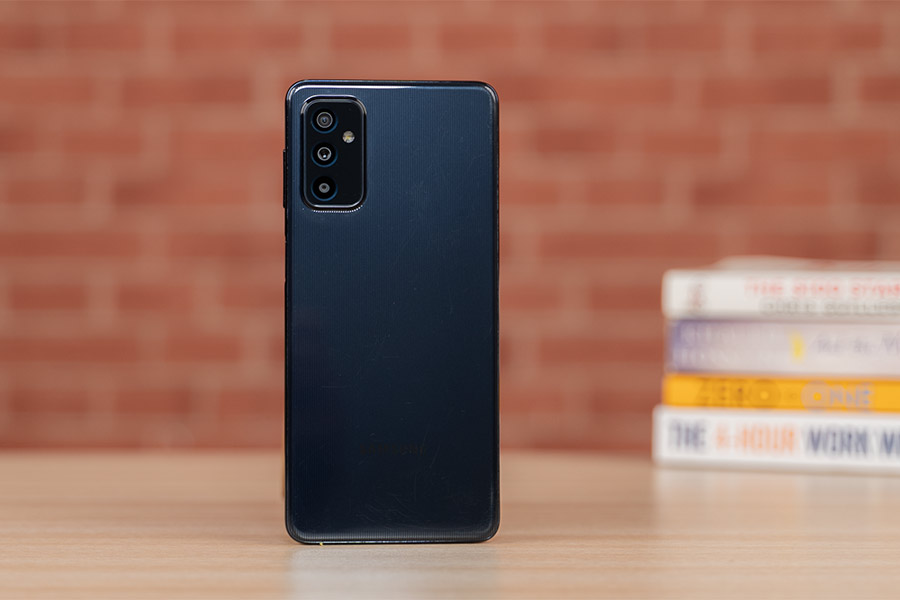
To compare, the Xiaomi 11 Lite NE 5G is even lighter (158 gm < 173 gm), but its hands-on feel is much better. Moreover, I’m not thrilled about its wide form factor either. Using the phone with one hand becomes a struggle here, albeit One UI helps a lot.
But I do wish Samsung would move the settings and other options in the quick settings menu below the brightness slider in the upcoming One UI 4 update since reaching them with one hand is an unnecessary tussle at this point.
Side-mounted fingerprint sensor
On the other hand, you’ll find a side-mounted fingerprint sensor on this phone, even though it sports an AMOLED display. It’s fairly quick and responsive but expectedly underdelivers when your fingers are sweaty. Plus, the plasticky feedback of this power button–fingerprint reader hybrid goes against my taste as well.
Finally, Galaxy M52 also lacks a headphone jack and I’m sure Samsung will cite the phone’s lightweight design for this omission. It’s a pretty major miss if you ask me. And unlike the more expensive A52s that this phone draws its inspiration from, there’s no ingress protection of any sort on the M52 either.
Display
- 6.7-inches FHD+ Super AMOLED display
- 120/240Hz refresh/touch sampling rate
- Corning’s Gorilla Glass 5 protection
Getting to the display, the Galaxy M52 has a big 6.7” Super AMOLED Plus panel with a Full HD resolution, a 120Hz refresh rate, and Gorilla Glass 5 protection. As expected from a Samsung-made screen, it delivers pitch-black contrast and the colors on this display look pretty vibrant and punchy.
And neither did I face any issue in terms of visibility here—be it indoors or even outdoors. The ambient sensor kicks in fairly fast enough to adjust brightness levels too, so that’s great! Still and all, this display is far from Samsung’s best. Compared to the A52s, the difference between these two screens is pretty easily noticeable.
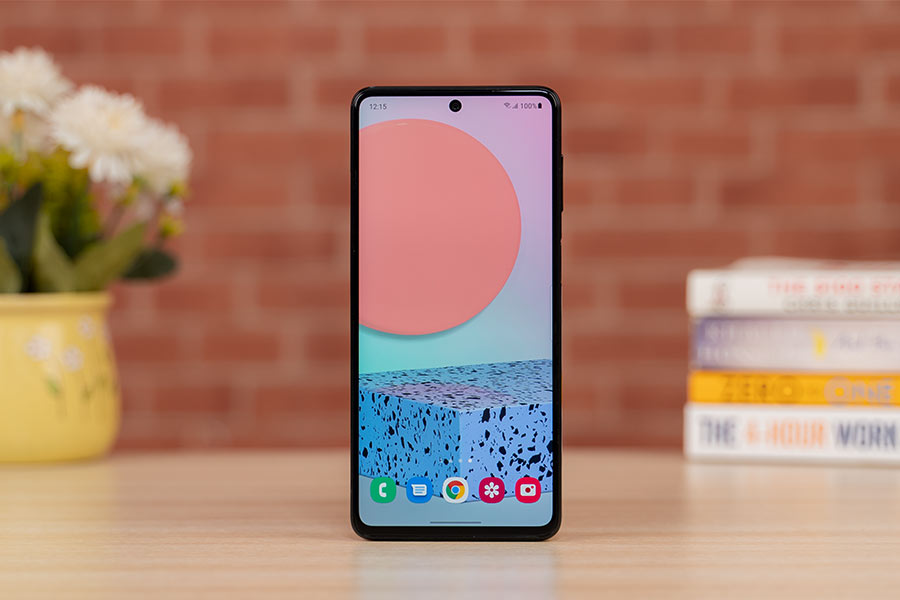
While the A52s produces even more vibrant colors with quite an accurate white balance, the M52’s display looks relatively washed out and with a worse white balance. I also noticed that its viewing angles is a tad bit narrow.
Smooth 120Hz experience
Regardless, the 120Hz refresh rate here means everything just… flows. Thankfully, it also stays clear of the weird micro-stutter issue that we usually associate with mid-range phones from Xiaomi and POCO.
But this is not an intelligent 120Hz implementation—meaning the screen can’t automatically switch between 60 – 120Hz depending on the content. Seeing how the competition is providing adaptive refresh rate on much cheaper phones, it really makes you question Samsung’s incompetence—or rather its hesitation to stay competent.
Additionally, M52 doesn’t support HDR playback on Netflix either. It’s Widevine L1 certified for HD streaming, sure, but the lack of HDR support means the phone can’t reproduce true blacks when I’m watching Marvel’s Daredevil on the M52—especially the hallway fight scenes, for instance.
Performance
- Octa-core Qualcomm Snapdragon 778G 5G SoC (6nm)
- 6/8GB LPDDR4X RAM, 128/256GB UFS 2.1 storage (expandable)
- Android 11 with Samsung’s One UI 3.1 on top (upgradeable)
Okay, let’s now talk performance. Powering the Galaxy M52 is Qualcomm’s Snapdragon 778G 5G—the same chipset found on the more expensive A52s. This is quite a capable SoC, and a massive upgrade coming from the 730G on last year’s Galaxy M51. Complementing this is 6/8GB of LPDDR4X RAM and 128GB of UFS 2.1 storage.
The phone has a shared SIM slot that can accept a micro SD card to expand the storage. And even though M52 is void of any degree of IP rating, the SIM tray does get a rubber gasket to prevent damage from water/moisture. Nevertheless, I’m fairly content with how this phone has handled my everyday workloads.

Granted you can get even more powerful smartphones in this price bracket, the M52 is as good as it gets when it comes to a value-oriented Samsung phone. Heavy multitasking does take a toll on this thing and I was pretty disappointed with Samsung’s choice of animation scale as well.
I know I can easily disable it from the Developer Options but someone who’s not as tech-savvy as you and I will write this off as sluggish performance instead—without giving it much of a second thought. Fortunately, the latest OTA update which also brought September’s security patch dialed down the animation levels to some degree.
6GB vs 8GB RAM?
Anyway, if you’re planning on buying this phone, I’d strongly advise you against the 6GB variant. Though the 6GB model can handle lightweight usage just fine, I noticed a bit of a lag when kicking things up a notch—while it can’t keep apps in memory effectively for a smooth multitasking experience either.
| Samsung Galaxy M52 5G | ||
| Androbench | Sequential Read | 955.83 MB/s |
| Sequential Write | 494.71 MB/s | |
| AnTuTu v8.5 | Total | 437289 |
| CPU | 147957 | |
| GPU | 143604 | |
| Memory | 67536 | |
| UX | 78192 | |
| Geekbench 5 | CPU (Single Core) | 771 |
| CPU (Multi-Core) | 2745 | |
| Compute (OpenCL) | 2222 | |
| PCMark (Work 3.0 Performance) | 11533 | |
| 3DMark (Wild Life) | 2462 | |
Under my regular speed test, the M52 clocked in way worse numbers than I’d expected, failing to hold any app in memory except for a couple of light ones. So yeah, get the 8GB configuration of this phone if you’re shopping for it.
| App list: | |
| Phone | Genshin Impact |
| Chrome | PUBG Mobile |
| Messenger | Netflix |
| YouTube | |
| Adobe Premiere Rush | |
| Speed test: | |
| 1st lap (app opening) | 2 minutes 22 seconds |
| Full lap (multitasking) | 4 minutes 31 seconds |
Moving on, I don’t have any major complaint with Samsung’s software optimization, and the fact that it runs on One UI 3.1 instead of One UI Core 3.1 is a welcome—and necessary bonus. To recall, the Galaxy M51 shipped with the Core version of the company’s custom Android skin, which is void of a couple of features like Secure Folder, Windows Link, Knox Security, Good Lock compatibility, etc.
Gaming experience
Likewise, the M52 isn’t specifically geared towards gaming, but you can get decent results here. I got a stable 40 – 41fps in PUBG Mobile under HDR graphics and Ultra frame rates, whereas sacrificing visual details for smoother gameplay gets you a fluid 60fps at Smooth graphics and Extreme frame rates.

However, the phone gets warm rather quickly, especially near the camera module, with CPU and battery temperatures measuring 43ºC and 38ºC, respectively—after mere 10 minutes. On the other hand, I enjoyed Call of Duty: Mobile at a steady 60fps under Very High graphics and Very High frame rates or High graphics and Max frame rates.
Likewise, Mobile Legends Bang Bang also delivers an easy 60fps under High graphics with HD, HFR mode turned on. I’m happy to report that Samsung has even optimized high fps titles to work well on its high refresh rate screen. You can play Critical Ops at Ultra graphics and get a smooth 120fps too.
Yet, when playing Injustice 2, the M52 beings to break a sweat. It rarely hits the 120fps mark and hovers around the 90-95fps boundary instead. Plus, I even noticed the fps drop to as low as 73fps sometimes.
Similarly, Genshin Impact is practically unplayable under High settings at 60fps mode with motion blur turned off since the gameplay is way too stuttery, only managing about 33fps on a couple of occasions. On the contrary, bringing it down to Medium settings gets you about 41fps with comparatively fewer stutters.
Cameras
- Triple camera setup at the back
- (64MP primary, 12MP ultrawide, 5MP macro)
- 32MP selfie camera inside the punch-hole cutout
Okay, let’s talk cameras now. Here, the Galaxy M52 has a 64MP triple camera array, whereas the A52s brings an additional depth camera on top of OIS support on its primary lens. Upfront, there’s a 32MP selfie shooter on either phone. For this review, I compared the cameras on the Samsung Galaxy M52 against the A52s 5G.
Normal Images
Under normal daytime conditions, photos look relatively more vibrant on the A52s. To compare, M52’s shots are nominally low on contrast—while also coming off a little warm sometimes.
Then again, the difference between the two is almost negligible at times and I found that neither of them struggles with locking focus on close-up subjects.
Wideangle Images
On the other hand, ultrawide photos from M52 are subject to a noticeable color shift.
As you can see, they have comparatively low contrast, and worse exposure and white balance as well. Still, the A52s occasionally delivers oversharpened images, while its field of view is also narrower.
Portrait Images
Edge detection in portrait photos is also similar from both phones. But upon closer inspection, you can see that subjects look a bit smoothened on the M52.
Whereas, there’s a hint of reddish/pinkish tint in portrait shots from the A52s alongside low black levels.
Selfie Images
Similarly, M52’s selfie looks a tad bit warm, to the pinkish hue from the A52s.
The latter manages low black levels in this department as well which continues in terms of portrait selfies too.
I also find edge detection and black levels to be better on the M52. However, their output would turn out almost identical in some instances.
Nighttime Images
Thanks to OIS, low-light photos are uncontestedly superior from the A52s. They’re sharper, retain more details, and have brighter exposure.
The images also look cooler here as compared to the greenish hue on M52’s shots.
However, the A52s is far from perfect when it comes to nighttime photography as it delivers worse shadow details when its brighter exposure goes out of hand.
Turning night mode on, the M52 compensates for its performance a bit—even though images are still sharper and brighter from the A52s.
The same trend continues with the ultrawide nighttime and night mode shots too.
Videography
Getting to videos, even though the OIS support on A52s indicated stable recordings, the reality couldn’t be farther from those implications. Under both 4k/30fps and 1080p/60fps, compared to M52, while videos look relatively more stable here, its stabilization is still far from the level of steadiness I’ve come to expect.
Not to mention, A52s also uses image cropping to achieve this. Shifting to the 1080p/30fps mode, videos look much better on the A52s—whereas the M52 fails to maintain stabilization, giving off jittery recordings with low contrast instead. Moreover, both phones can shoot up to 4K/30fps videos from the ultrawide camera, while they’re void of a 60fps option across all resolutions.
Likewise, 1080p/60fps selfie videos have comparable stabilization on both phones. The ones from A52s have low black levels while one can notice a mild greenish hue on M52’s footage. You can even shoot 4k/30fps selfie videos here, that achieve similar results.
Audio & Haptics
- Mono speaker, No headphone jack
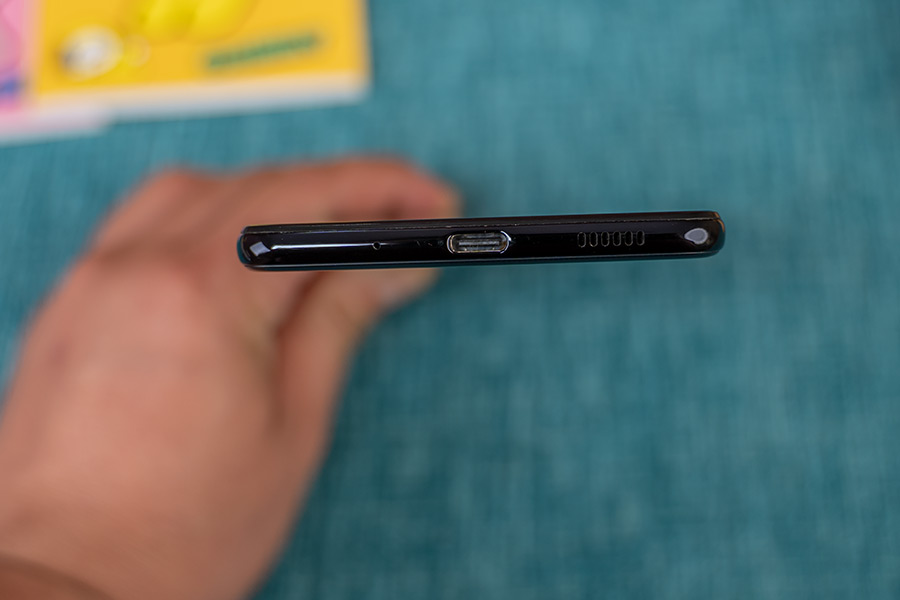
On the audio front, the Galaxy M52 brings a mono down-firing speaker, and as I mentioned earlier, it also lacks a 3.5mm headphone jack. Pretty disappointing stuff, I know. While this speaker doesn’t get as loud as other midrange phones I’ve tested so far, the good news is that there is no audio distortion even at the highest volume.
Yet, I have no problem with its call quality and the proximity sensor works as expected as well. But I’m not too crazy about the vibration motor on this thing. The haptic feedback is simply too weak and all over the place for my taste.
Battery
- 5000mAh with 25W fast charging support
Finally, let’s talk battery life. Unlike its predecessor that featured a monstrous 7000mAh cell, Samsung has fitted in a relatively small 5000mAh battery on the M52. It’s still a sizable unit by 2021 standard but it obviously can’t match the legacy of the Galaxy M51.
Nevertheless, I could rely on it for a day’s worth of endurance all the time as it managed about 6.5 – 7 hours of screen-on time on average. My usage mostly consisted of surfing the web, streaming Netflix, occasional gaming, and clicking a few photos every now and then—all with 120Hz refresh rate turned on and brightness set to auto.

Its overnight battery drain is also almost next-to-nothing! Fueling this battery is a little upsetting since Samsung only ships a 15W power brick inside the box even though the phone supports 25W fast charging. Using a compatible 25W charger, the M52 goes from 0 to 100% in a little over 1.5 hours.
Samsung Galaxy M52 5G Review: Conclusion
That brings me to the end of this review of the Samsung Galaxy M52 5G. As I discussed earlier, it is the closest thing to a value-for-money Samsung phone. Moreover, it’s a pretty big step-up from the Galaxy M51—especially in terms of performance. And for a cheaper price, the phone delivers practically the same smartphone experience as the A52s.
From their display, performance, to the battery, these two phones deliver comparable results. Admittedly, it is a tad bit overpriced here in Nepal compared to markets like India. But if you don’t want to pay a premium price for the A52s and are set on getting a Samsung-made mid-range smartphone, the Galaxy M52 is totally worth it.
- Watch our video review of the Samsung Galaxy M52 5G.
Samsung Galaxy M52 5G Review: Pros & Cons
Pros:
- Decent value for money
- Lightweight build quality
- Smooth 120Hz display
- Fairly reliable performance
- One UI is well-optimized
- Pretty decent cameras
- Decent battery endurance
Cons:
- Wide, bulky form factor
- Sub-par videography
- Lacks a headphone jack
- No stereo speaker setup
- Weak haptic feedback


